Guru


2024
Guru is a digital companion for GREENOVA, an aeroponics system designed by CleanGreens Solutions. It is designed to streamline greenhouse operations for growers. Developed iteratively with user feedback, it combines a user-friendly interface with powerful features like crop planning, inventory management, and task scheduling. Guru offers cross-device functionality, with “Office” for strategic planning on computers and “Greenhouse” for operational management on tablets. It enables real-time monitoring, data-driven decision-making, and seamless coordination, ensuring optimal crop yield and reduced labor stress.
S.A.I.L.

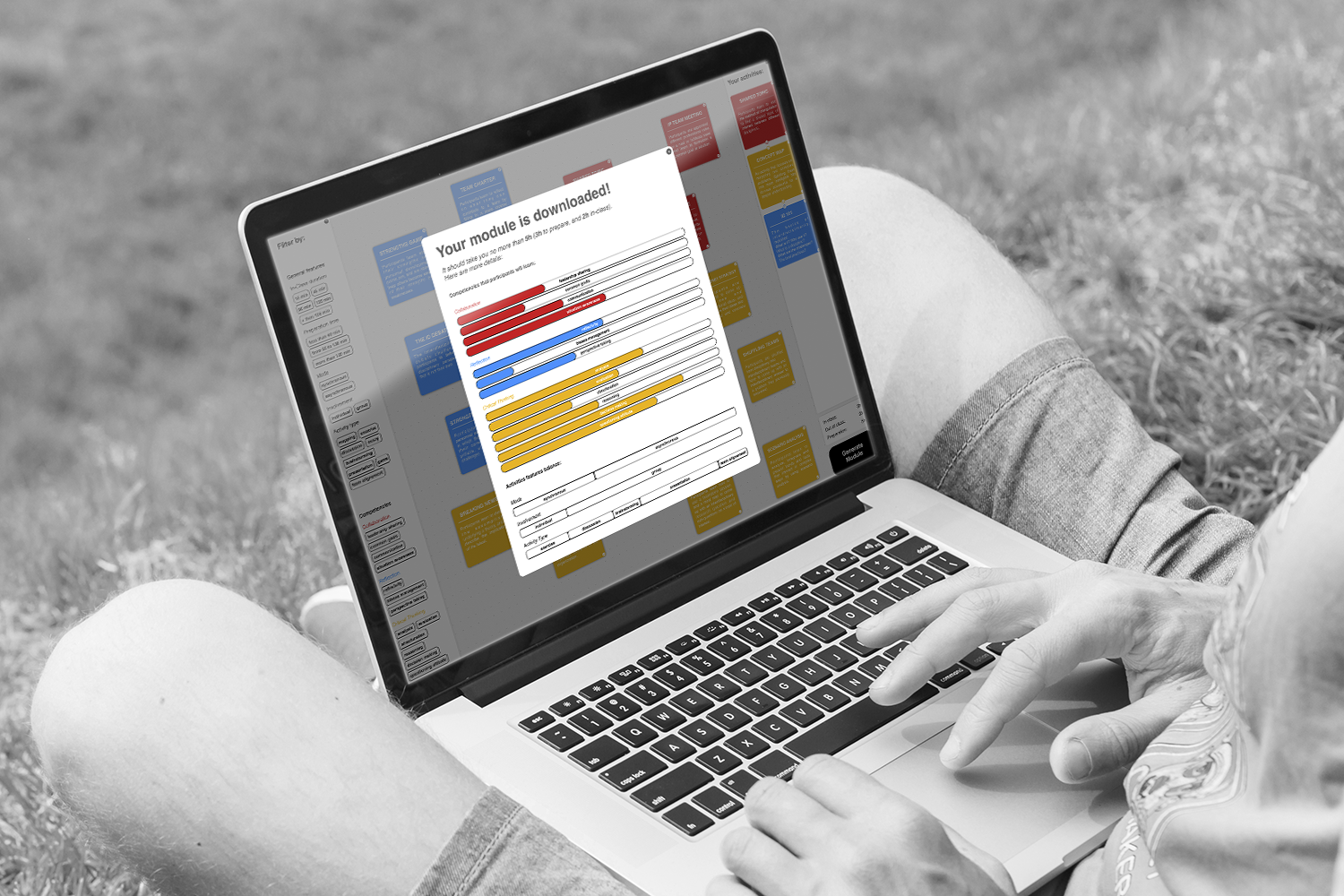

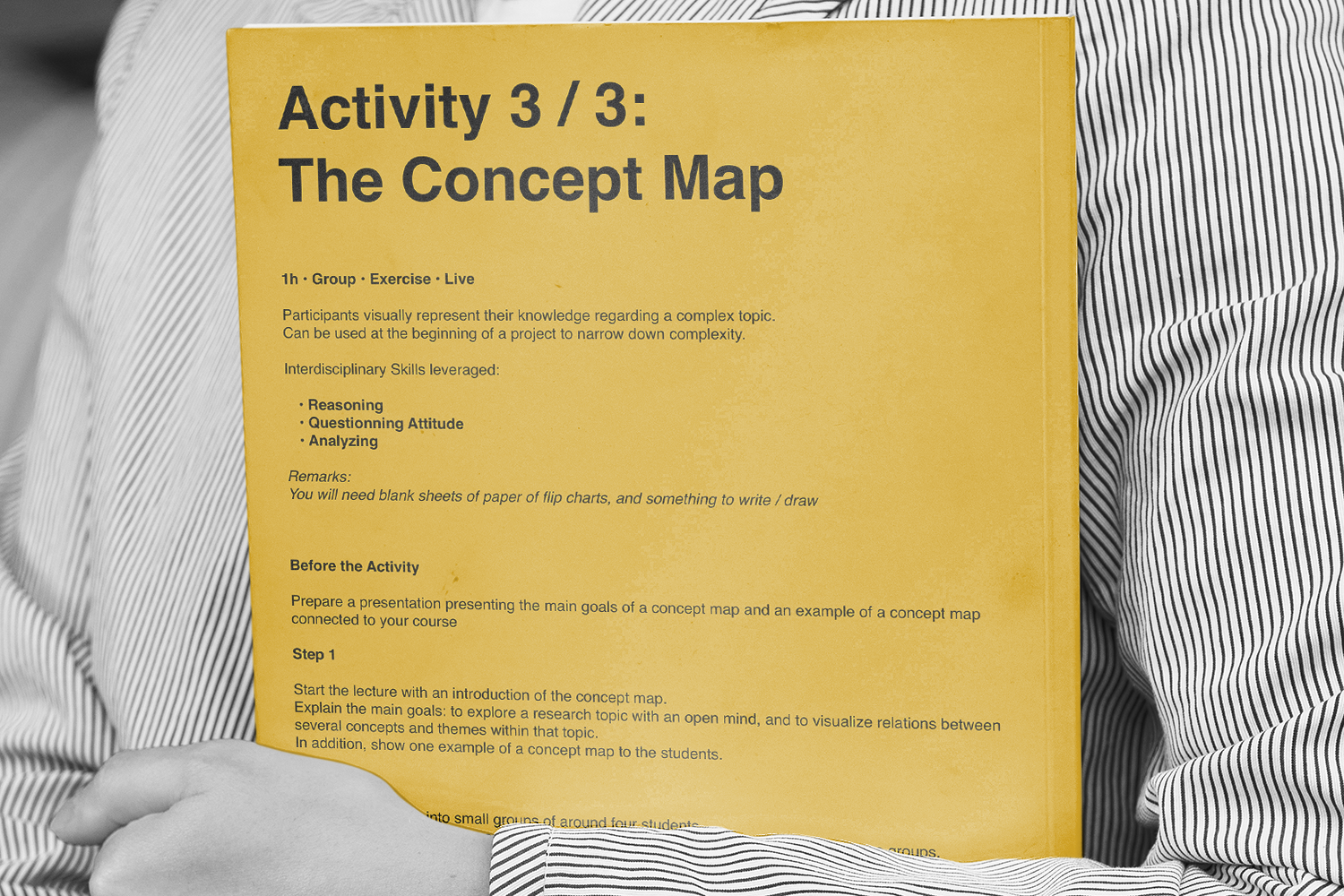
2022
S.A.I.L. (which stands for Structuring Activities for Interdisciplinary Learning) is a digital tool that promotes the embedding of interdisciplinary collaboration in EPFL courses. It provides EPFL teachers with an efficient solution to create a structured module out of readily actionnable learning activities, in a way that meets their needs and constraints - even if they are not familiar with interdisciplinarity. S.A.I.L. can act as a general frame, or a kick-starter for interdisciplinary collaboration. As it is initially designed for the EPFL teaching community, it is primarily intended for a learning environment; however, it is not exclusive to the academic realm, and can be used by anyone aiming to develop the interdisciplinary competences of students or professionals.
Self Assessment Tool


2020
I designed this tool to support EPFL students engaged in open-ended projects with a human-centered dimension. It allows them to evaluate their progression through different key-steps (namely Research, Ideation, and Prototyping). These successive and interdependent steps are derived from well-established Design Thinking methods, and aim to ensure that the students address a real problem through a relevant solution that is tested through a prototype. While this tool is meant for students willing to support their approach with a structured methodological basis, it also helps teachers willing to implement open-ended and human-centered projects in their course to equip their students with a relevant digital learning companion.
Dérive
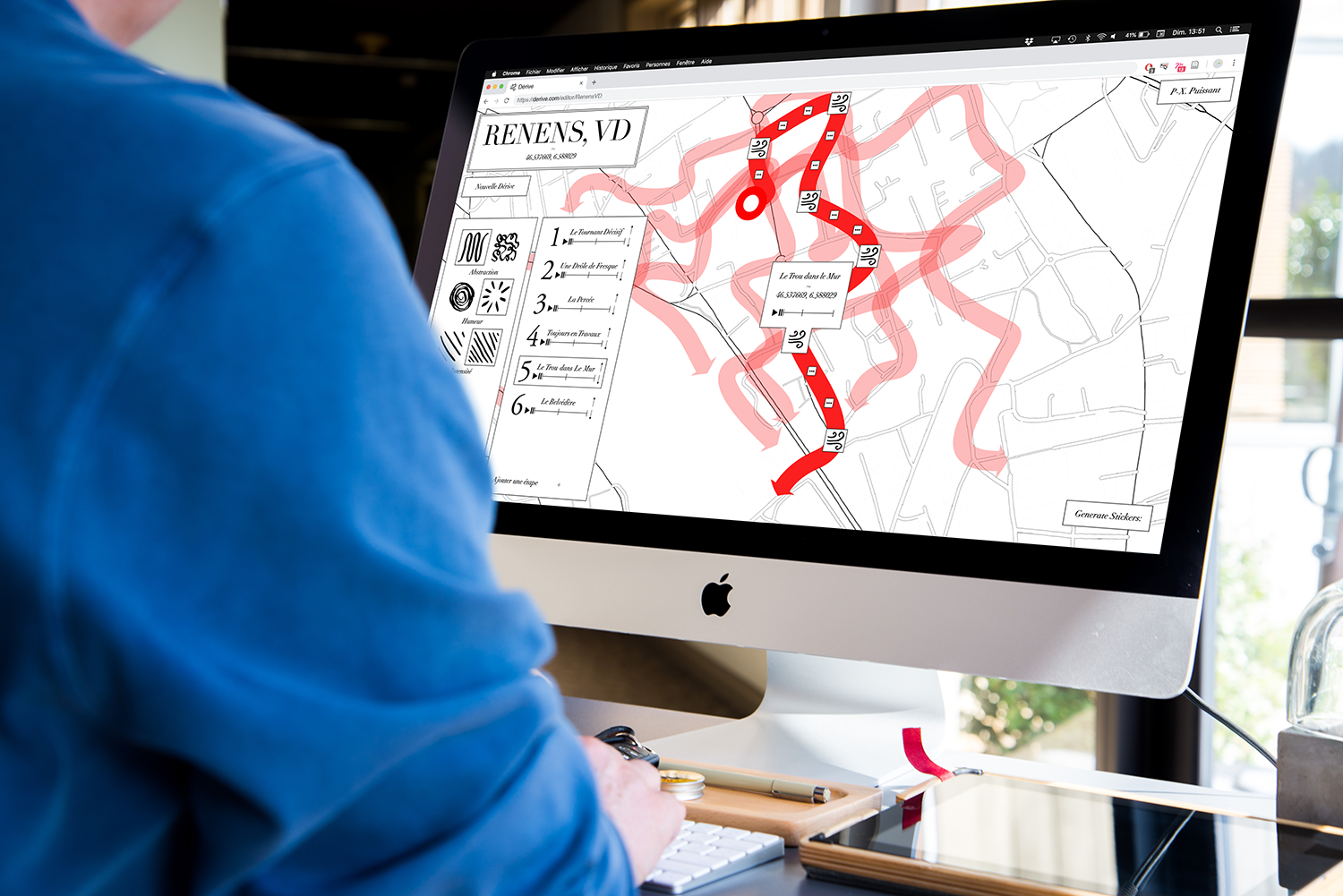
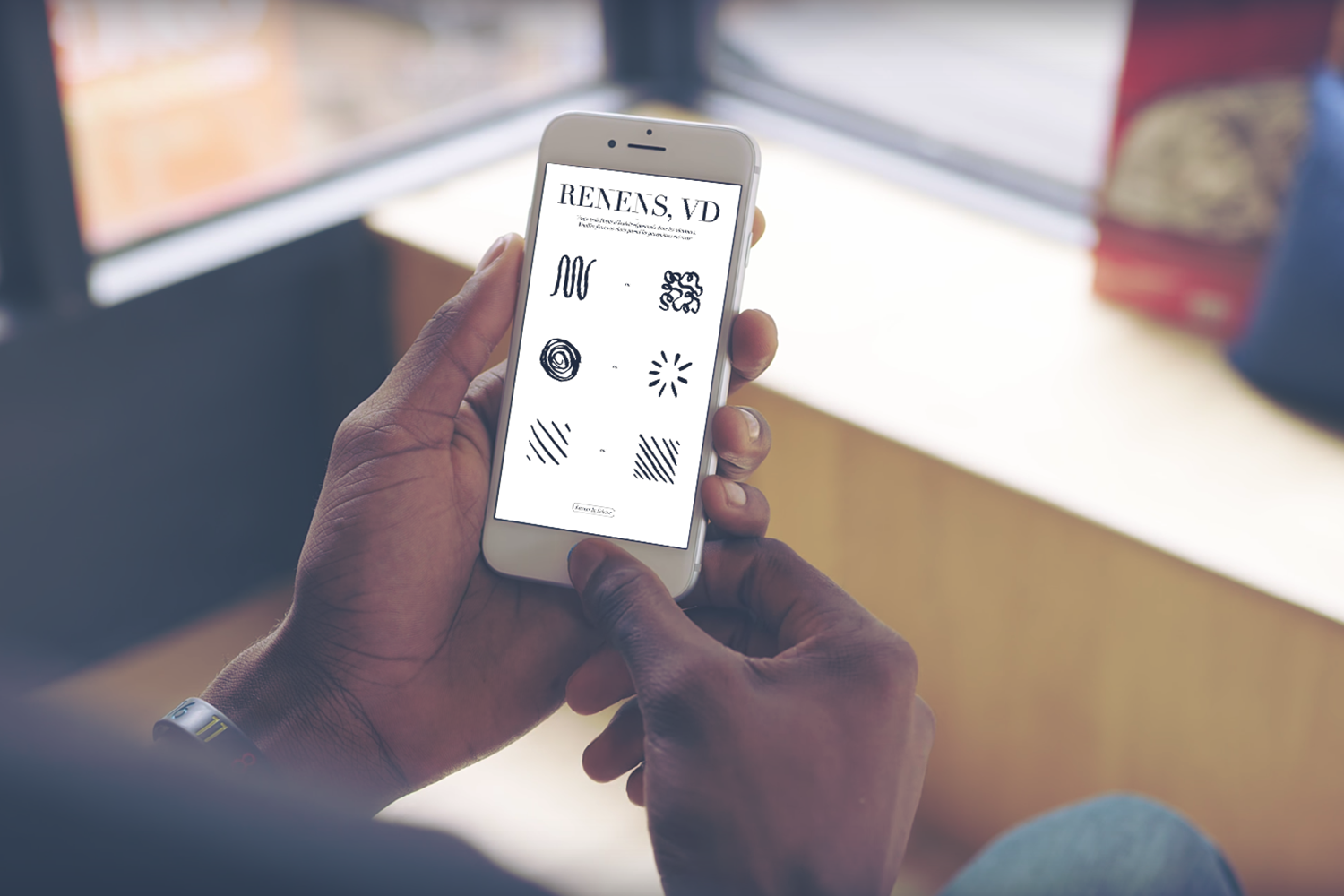
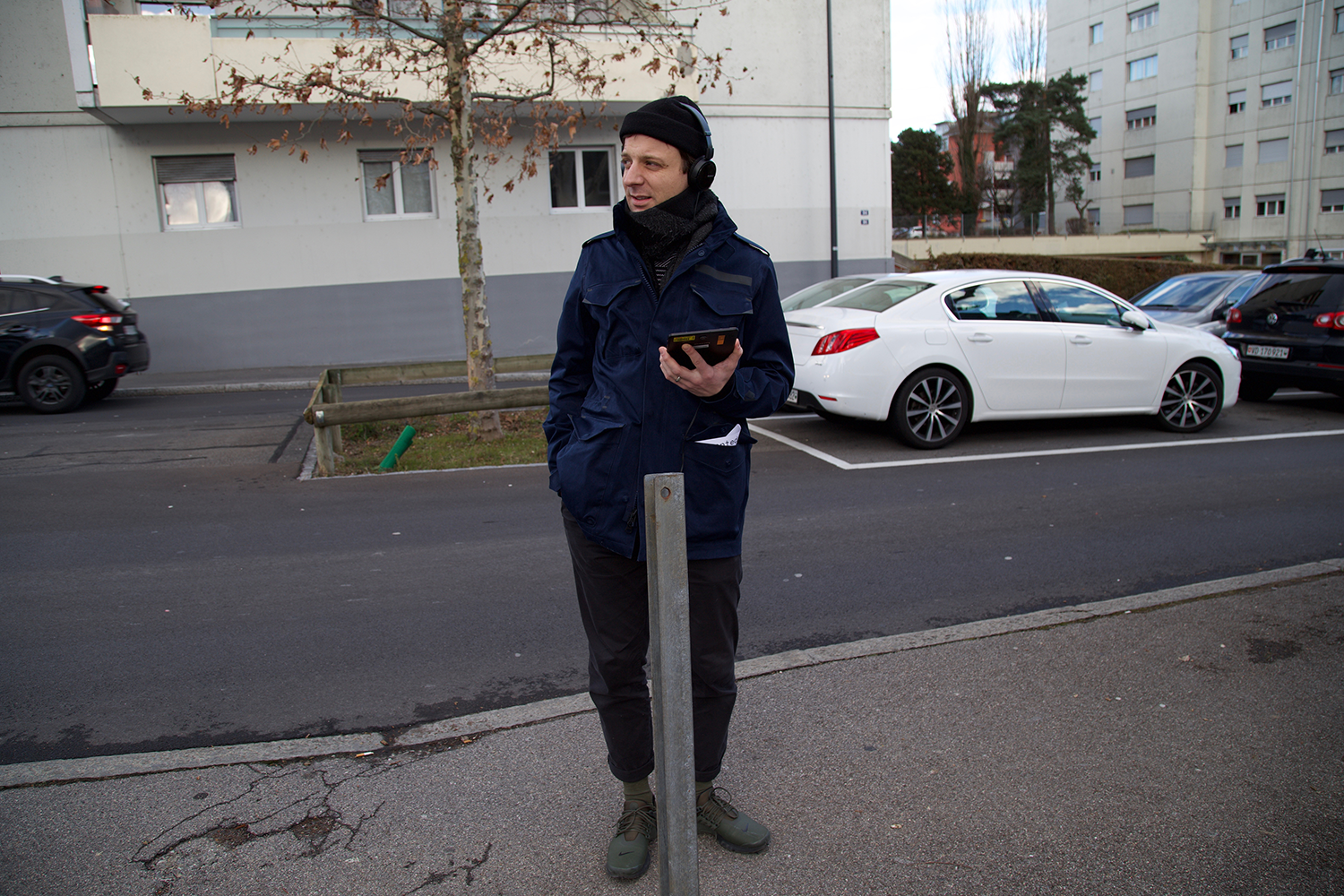

2019
Dérive is a urban exploration community with a touch of poetry and serendipity, that I developed at EPFL+ECAL Lab. Based on french philosopher Guy Debord’s Psychogeography, the app invites the user to forget the paths that he usualy follows, and to rediscover its everyday evironment. On one hand, an web interface allows creative users to create a Dérive: a set of possible paths to follow, based on a set of criteria. Each path is made up of places, for which the user has to create audio content - music, stories... Paths can cross, leading to multiple cases for each place. On the other hand, an AR app allows urban wanderers to experience these Dérives, based on their current location. The app is hands-free, non-contstraining, as all instructions are given through sounds, allowing the user to focus on the hic et nunc and triggering its imagination.
Lousonna
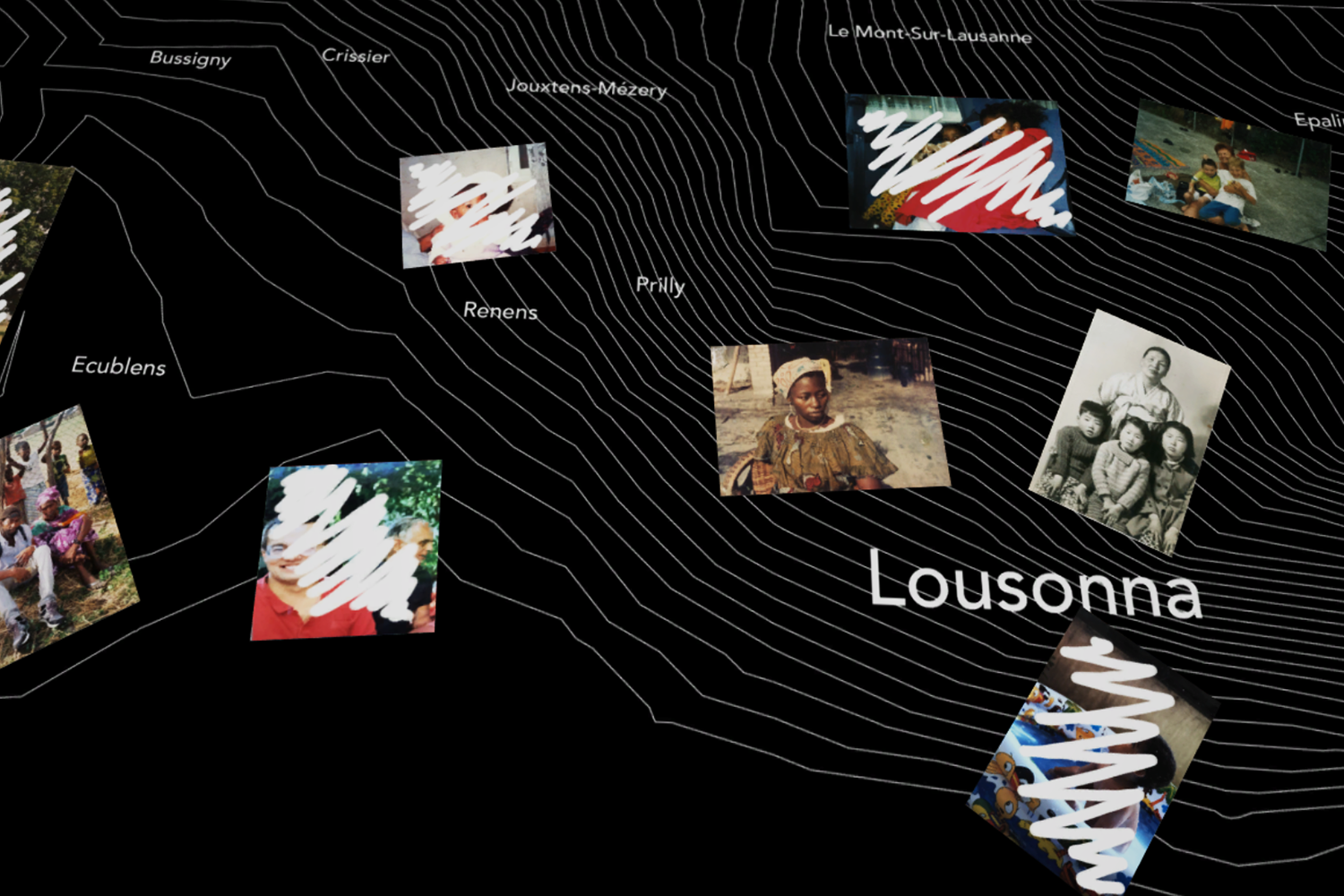

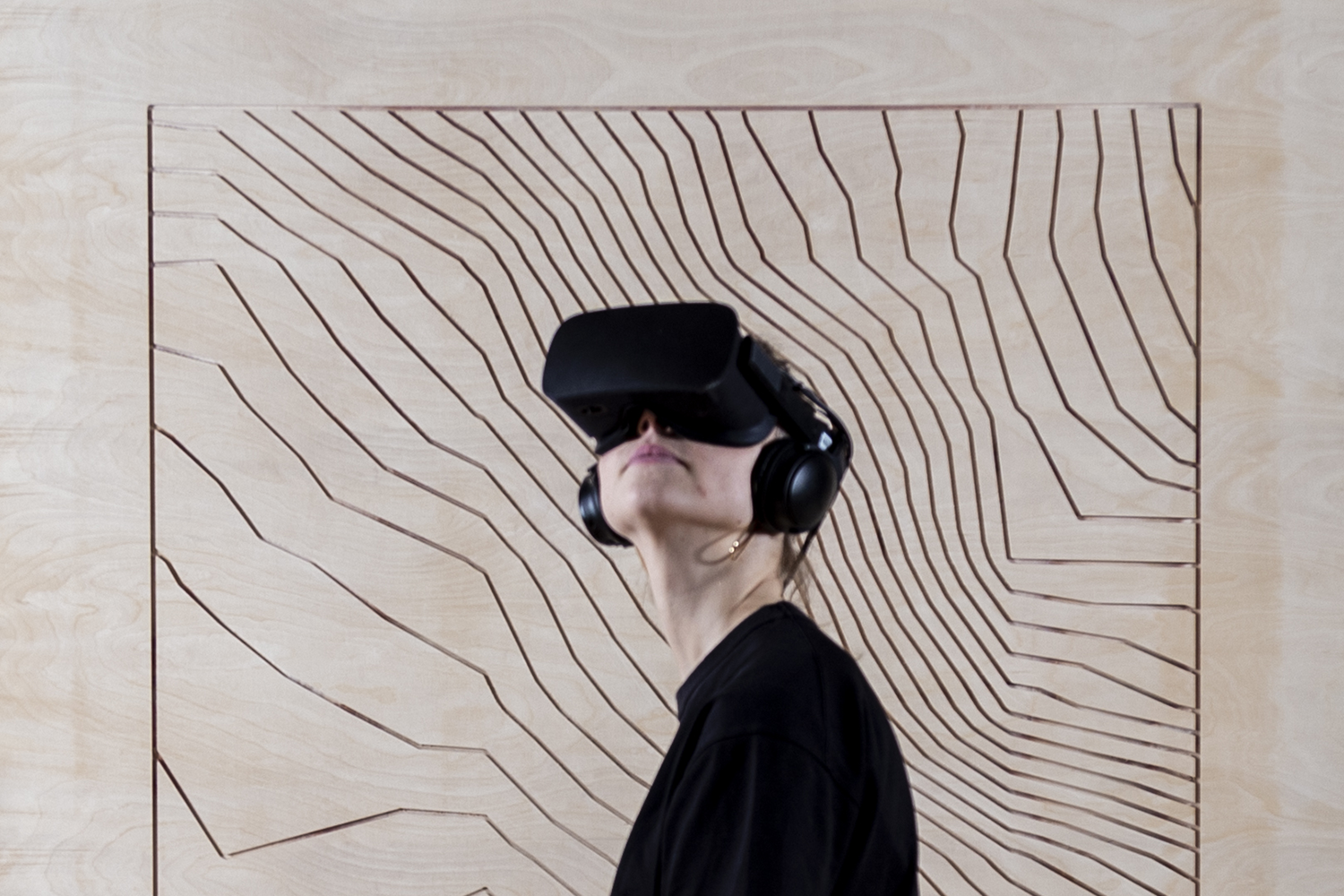
2018
Lausanne is the city where I grew up. Trough its history, it has been fed by the benefits of immigration, raking it in the top 3 of Switzerland’s most young and cosmopolitan cities. I’ve been the privileged witness of this blossoming diversity, of the evolution of this social fabric, of this cultural, linguistic, religious blending. Behind numbers, there are people. I wanted illustrate that diversity and to give a voice to these identities that create the face of the city - and the more voices, the more accurate the portrait. Lousonna is a VR experience that I designed at EPFL+ECAL Lab, where citizens retrace and narrate their story. Who they are, where they come from, what led them or their ancestors to Lausanne and made them be part of it. With a speaker’s personnal picture as a starting point, the experience focuses on the oral tradition of storytelling.
ACLEM


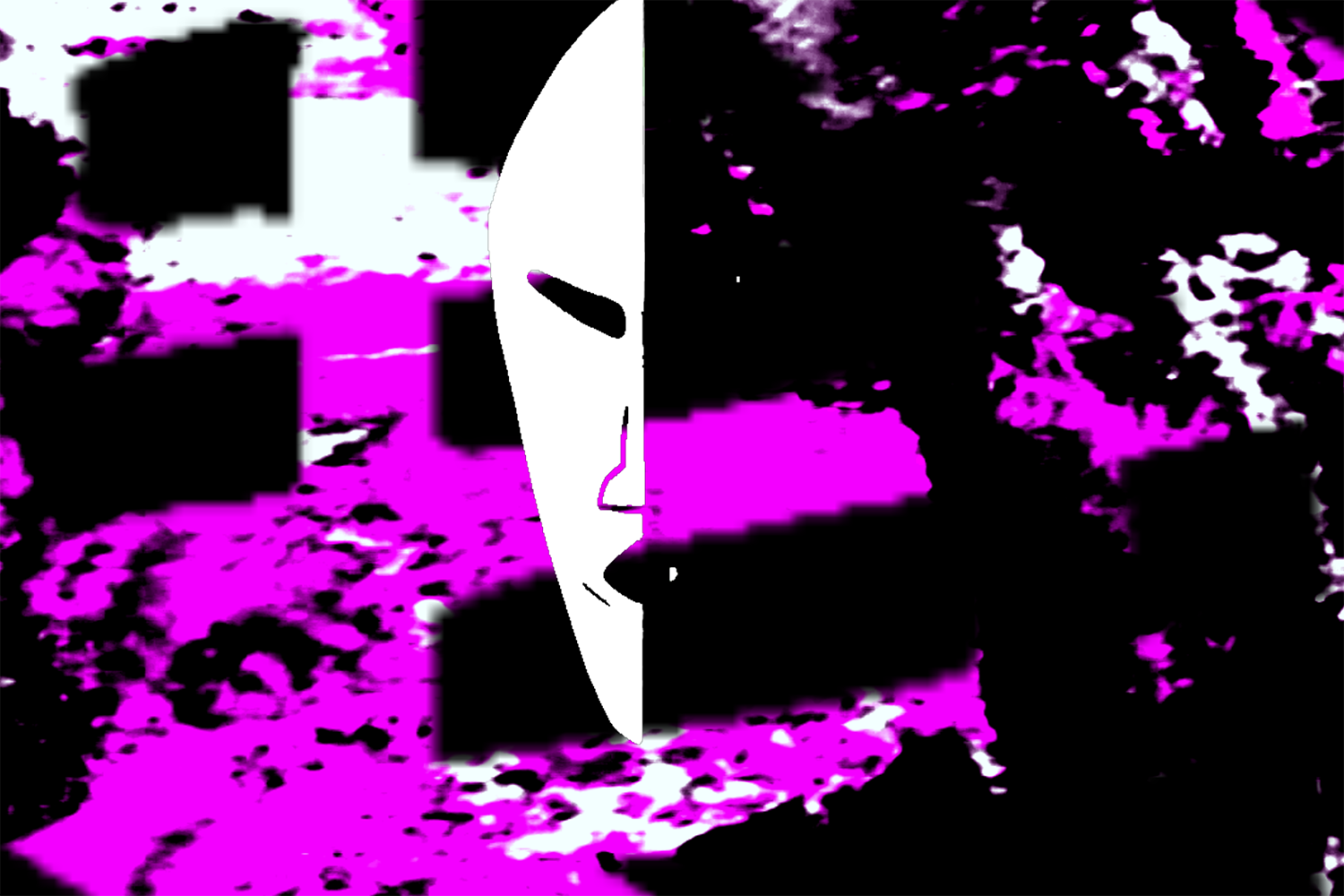
2016
ACLEM is a Swiss charitable foundation of public purpose operating for the benefit of disadvantaged children of the world. Created in 1999, the foundation today is active in Africa and Asia with its own projects, thanks to a committed team of volunteers. Funded mainly through the professional activities of its founders Laura and Rosario, ACLEM is also supported through private and corporate donations. In the context of a fund-raising charity gala taking place at the Beau Rivage Palace in Lausanne for an orphanage in Uganda, I created and mixed visuals during the night. I worked with masks, ancient patterns and abstract shades of colors.
Fabric.ch
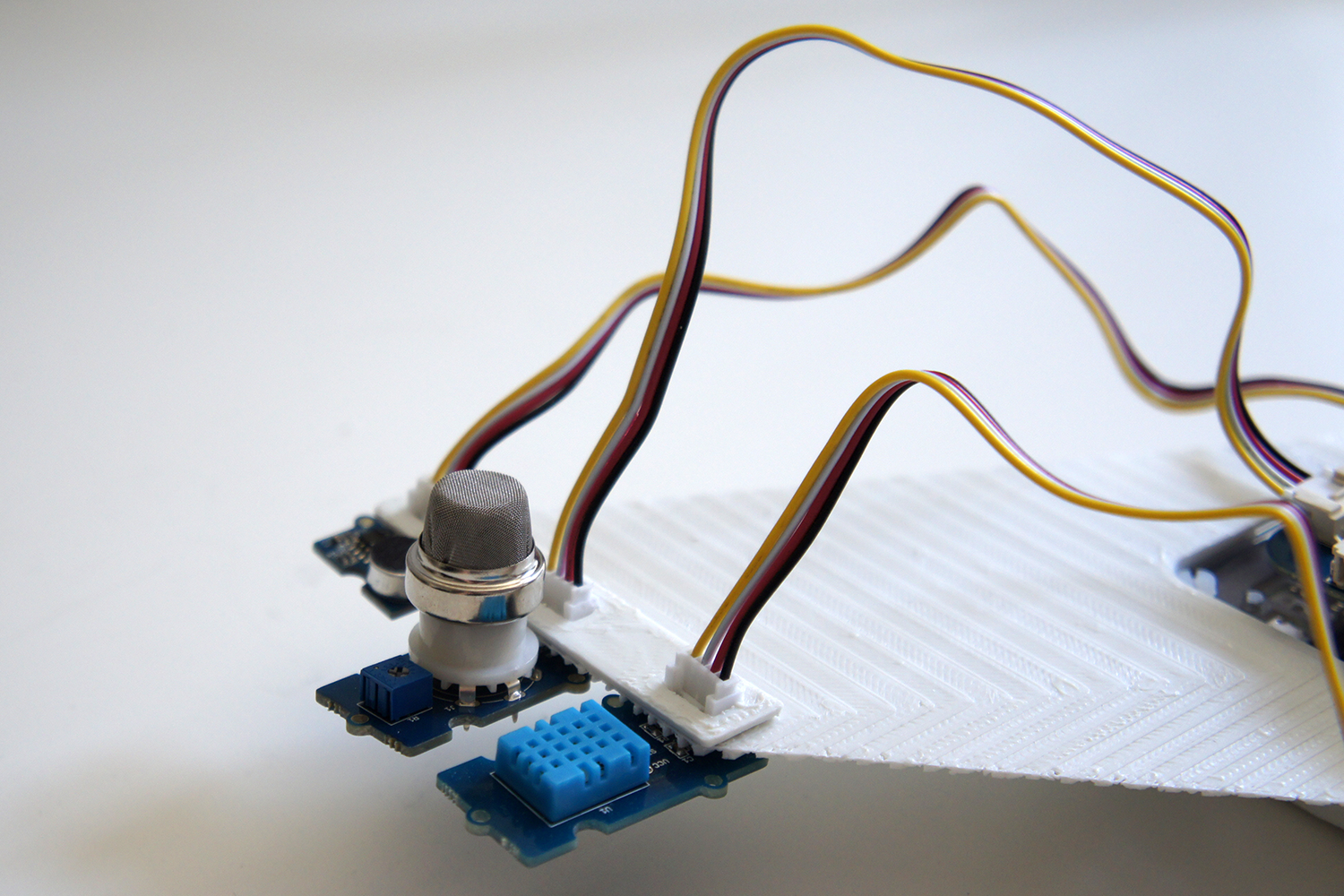
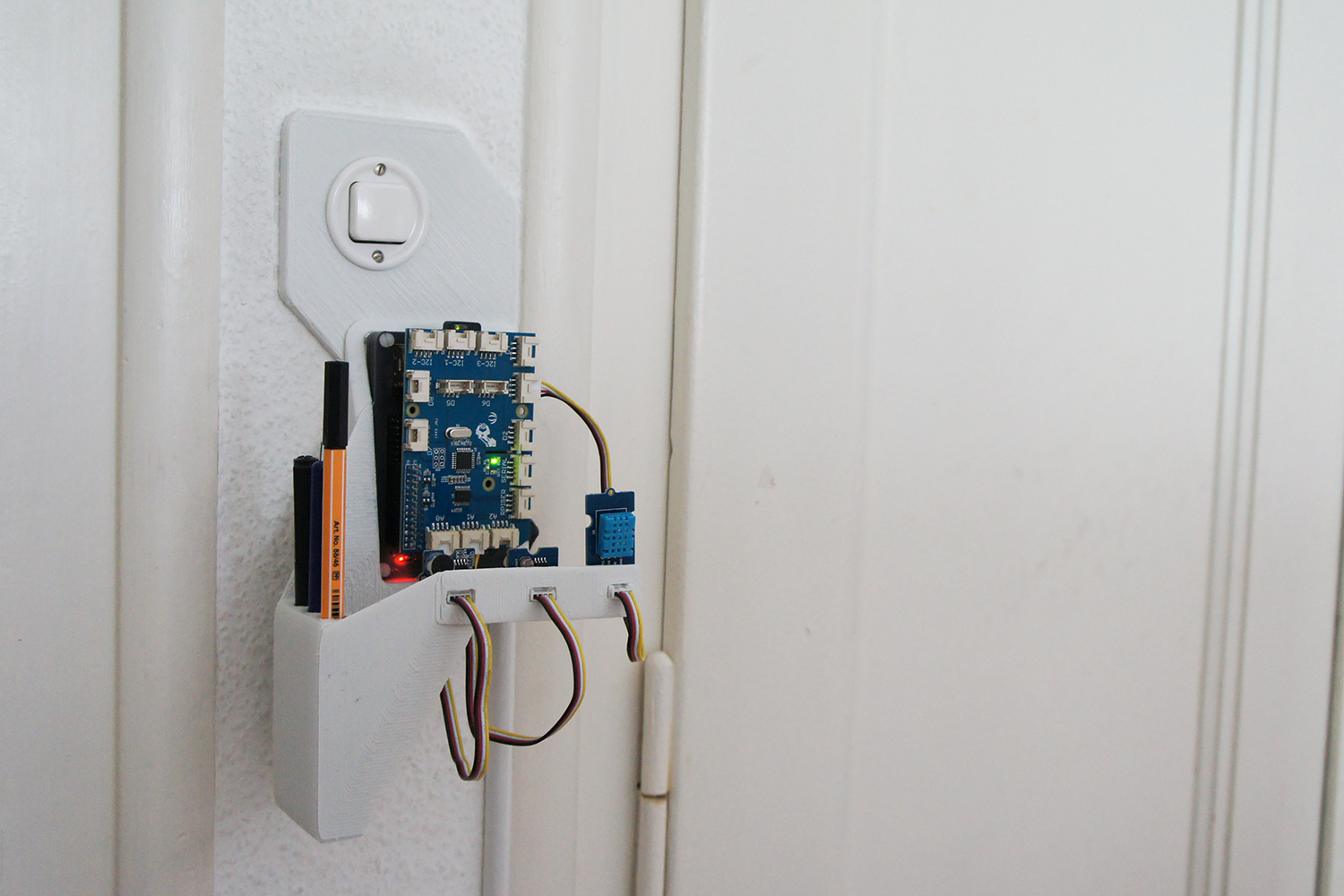

2016
During my internship at fabric. ch, I designed a fully 3D-printable sensor case that hosts a Raspberry PI and a range of various sensors, from humidity to gas, including UVs or even proximity. The constraint of the project was that the cases had to fit the best to the office environement - to endorse the role of a case but also a work utility one. After a lot of researches, I came up with the idea of a glitch popping from an electrical button, present in all the rooms of the office. I gave them various forms to fit to other tasks: pen holder, key holder, etc... while still caring that this secondary function would not impede the sensors. I also programmed the Raspberry PI and sensors for them to send the data to a web monitoring platform at regular intervals.
MCBA Researches
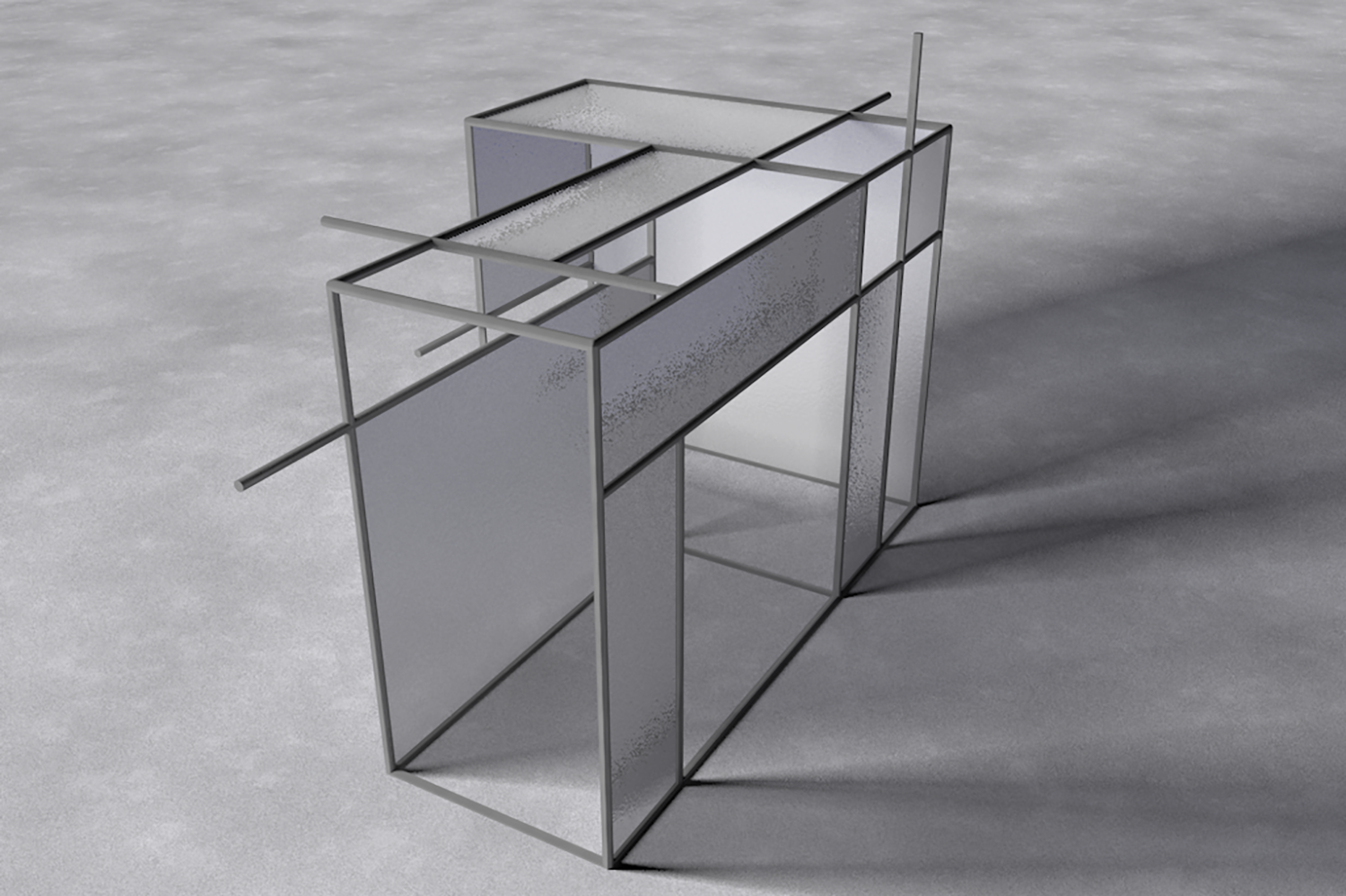


2015
In the context of an exhibition that was supposed to take place at the MCBA but finally never made it into the light, I did researches on various propositions of setups around the main theme of «sensible structure», which means an object / sculpture / environnement that would gather and / or output data from the visitors. The following images are a selection of researches about possible structures, always tinged with an idea and an aesthetic of global and unfriendly monitoring.
Exobio

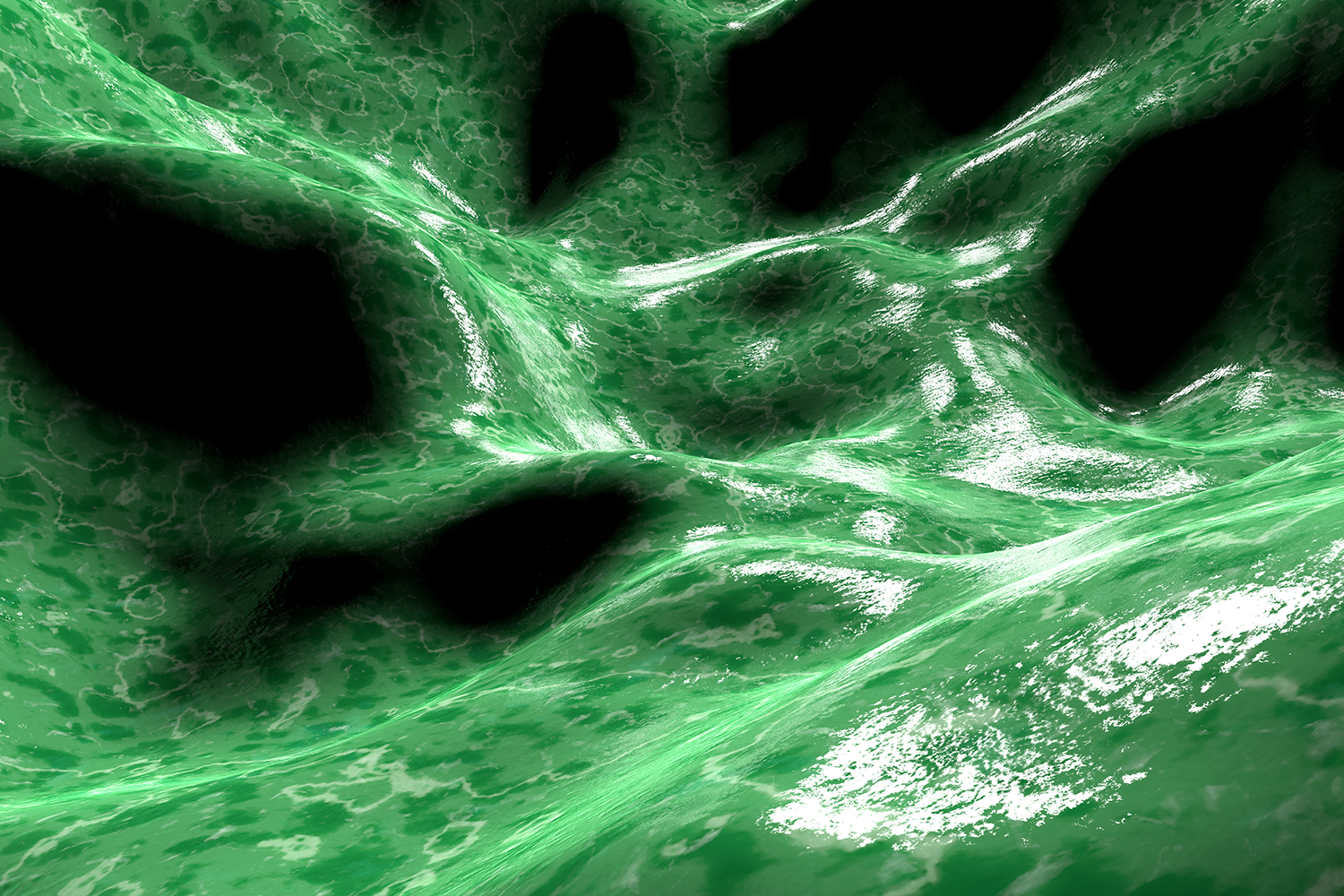
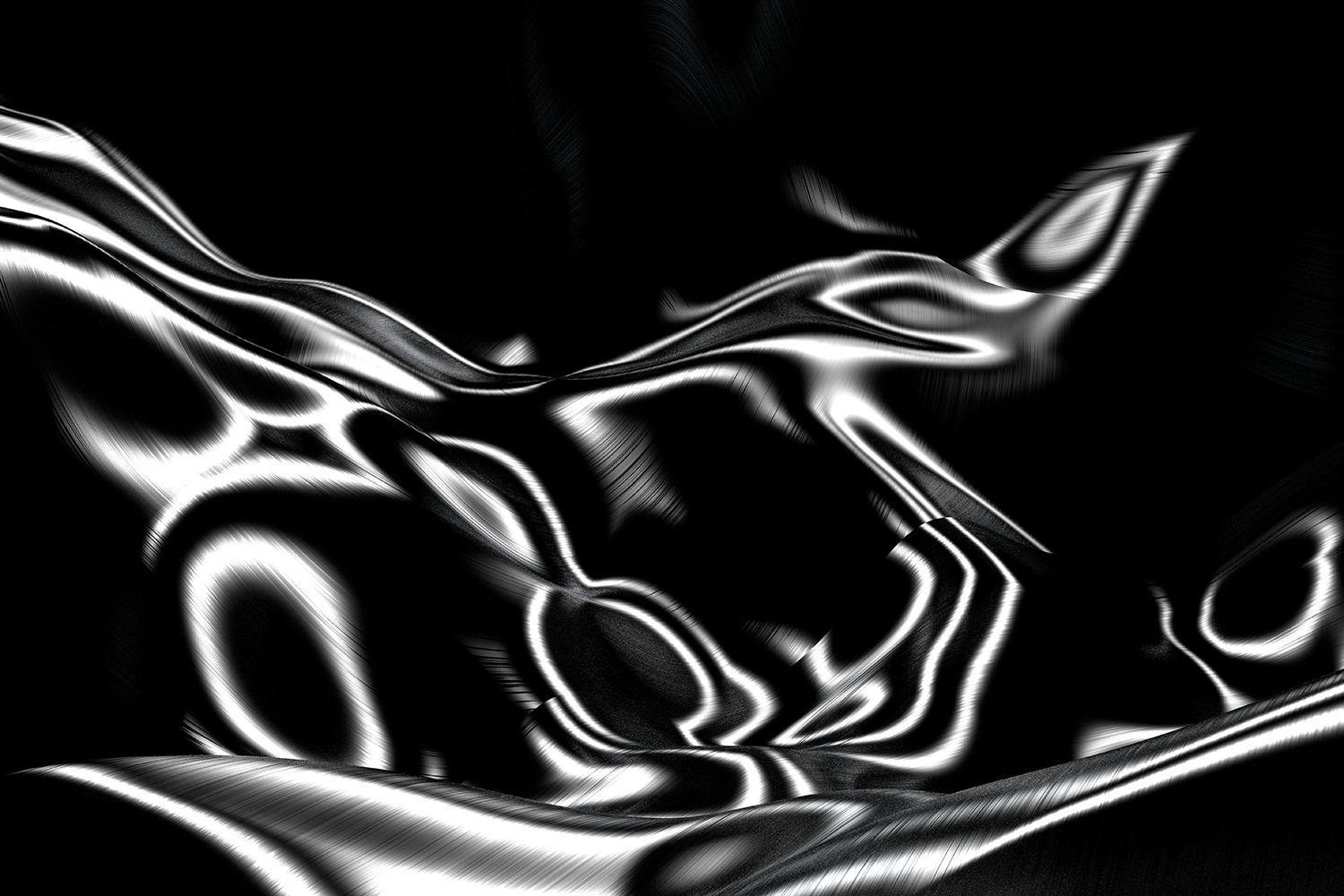

2015
Exobiophilia is the specific paraphilia of being attracted by alien life forms. I created a set of 3D images for Exobio, a book which mainly deals with this unknown type of sexual preference.
Low Res Away
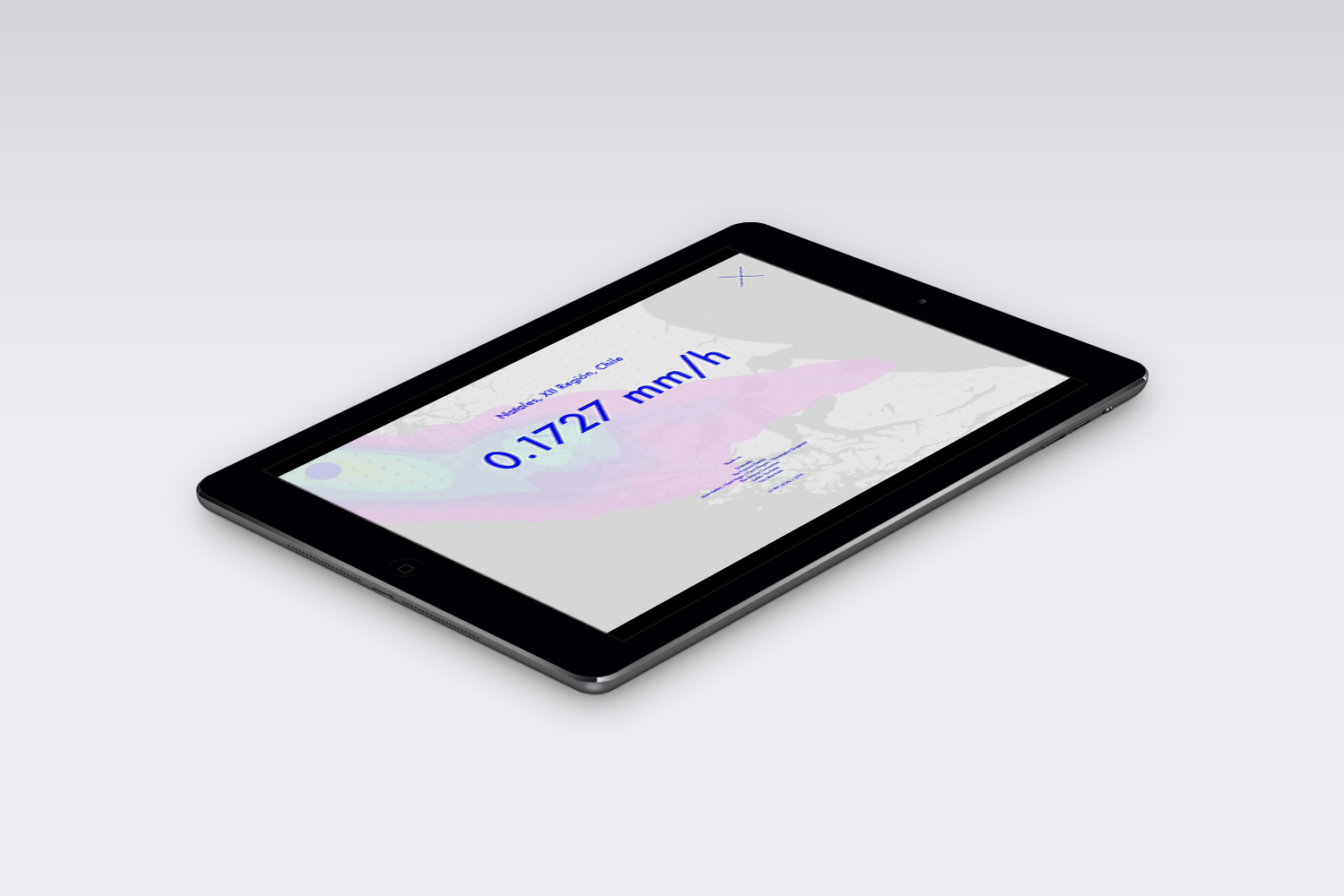
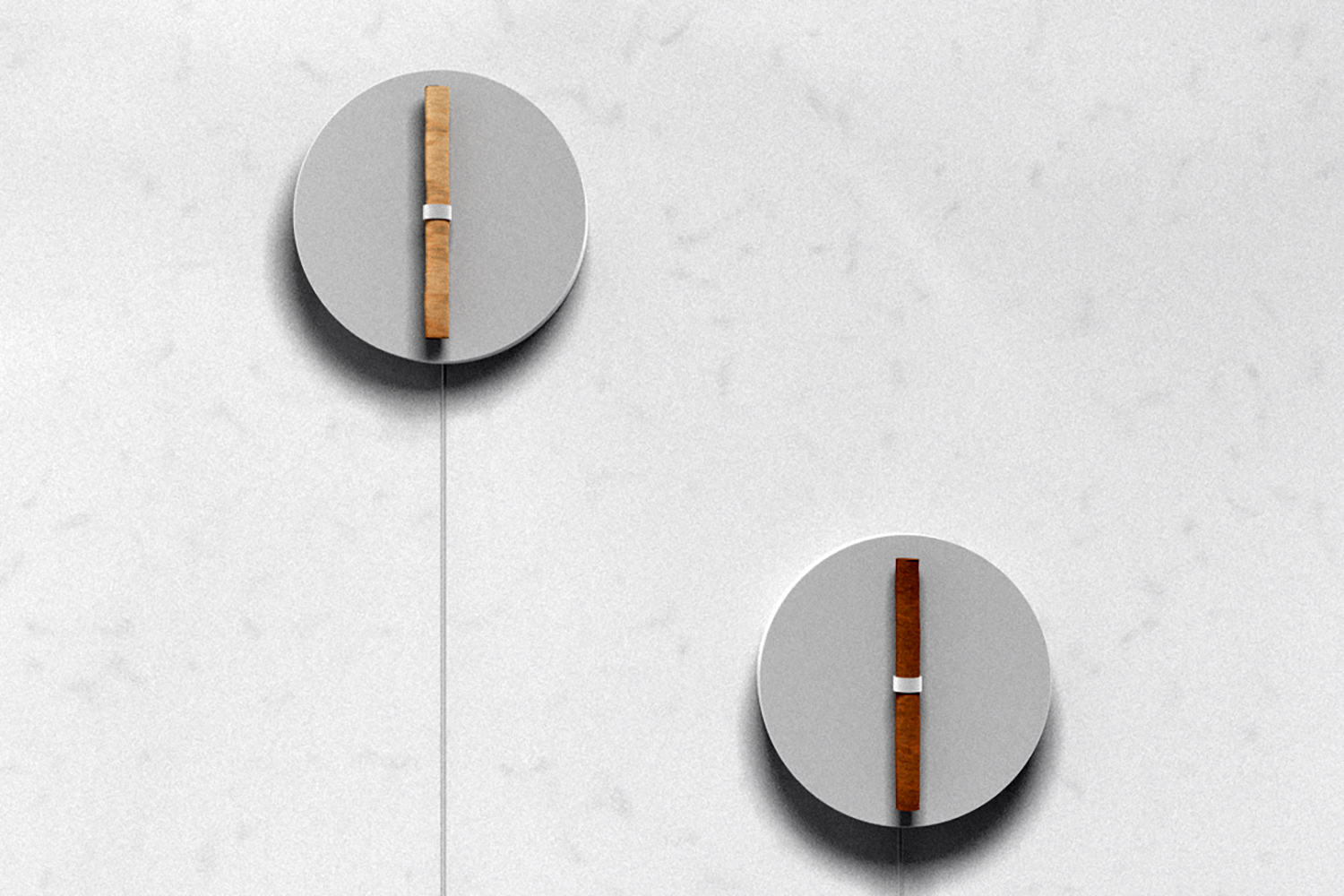

2015
Low Res Away is a modular telepresence system. The goal of this work is to extend one of the reflexions of my ECAL Bachelor thesis: the idea that the instantaneity of the Net «makes geography obsolete», meaning being in a place on Earth and still being able to witness a remote place, far away, creating ubiquity. I worked on the sound representation of rain - a very tangible thing that generates a lot of data - and oriented my research on idiophonic objects rather than speakers. This led me to the use of rotating rainsticks, set to stop to calibrated angles to create various intensity of rain noises. A dedicated app allows the user to define a point to retrieve weather data from. The modules then create an abstract sound composition, replicating a distant reality.
TAZ 3D

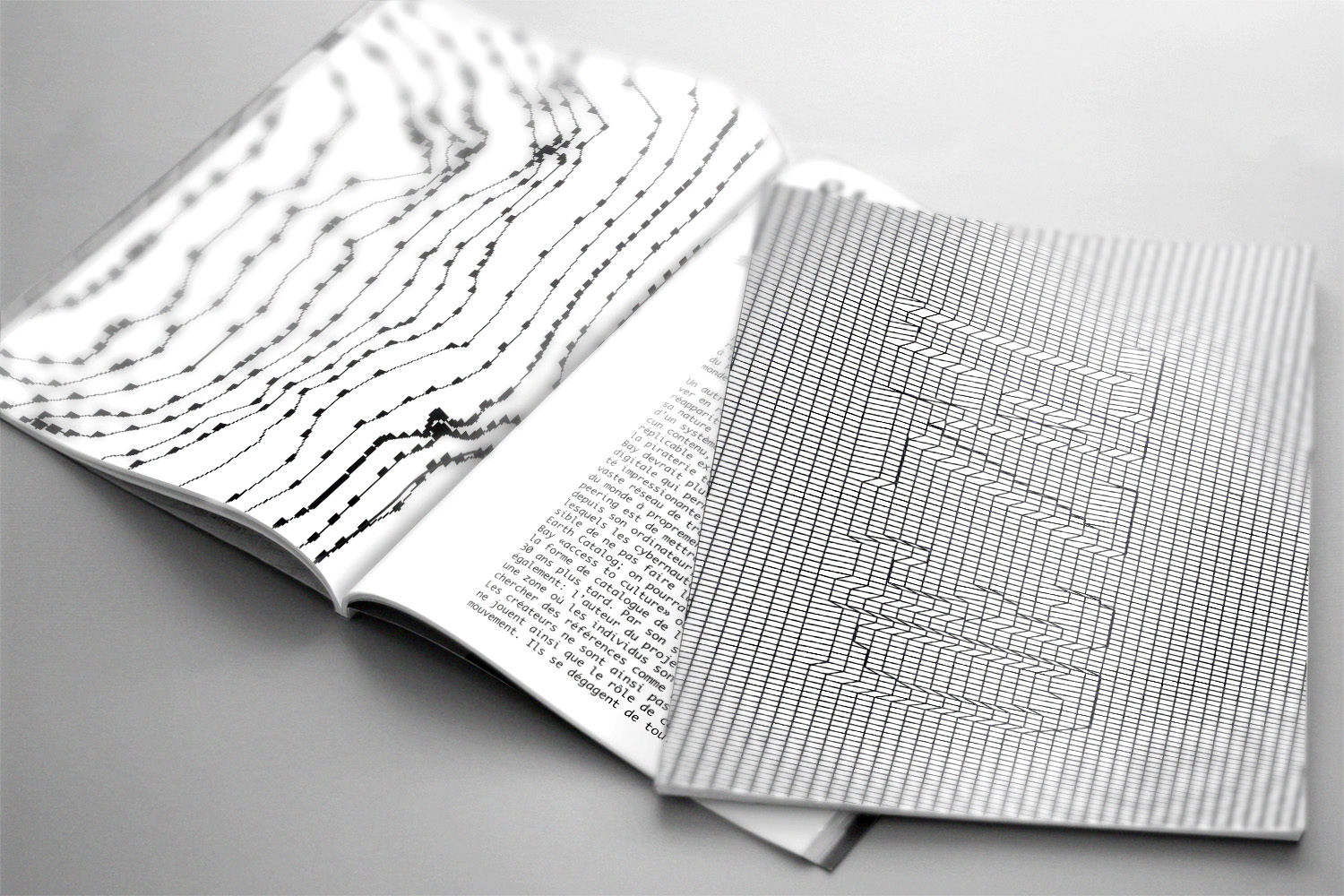
2015
«The Temporary Autonomous Zone (TAZ) is a kind of uprising […], a guerrilla operation that frees a zone […] then dissolves itself […] in order to reform somewhere else in space or time.» What happens it this zone is digital, and not analog? My Bachelor thesis investigates the TAZ concept in the numeric era, in the light of specific implementations, the contexts and stakes of which it tries to decipher, peppered with analogic and digital artworks inspired by data fluxus and meteorolgical maps. It is composed of two complementary editions: TAZ 3D itself, and The Dead Drops Investigation, a research on the so-called Aram Barthol project. TAZ 3D won the 2015 EXECAL Award, a price awarded to a student for the excellence of his Bachelor Thesis.
Güle Güle



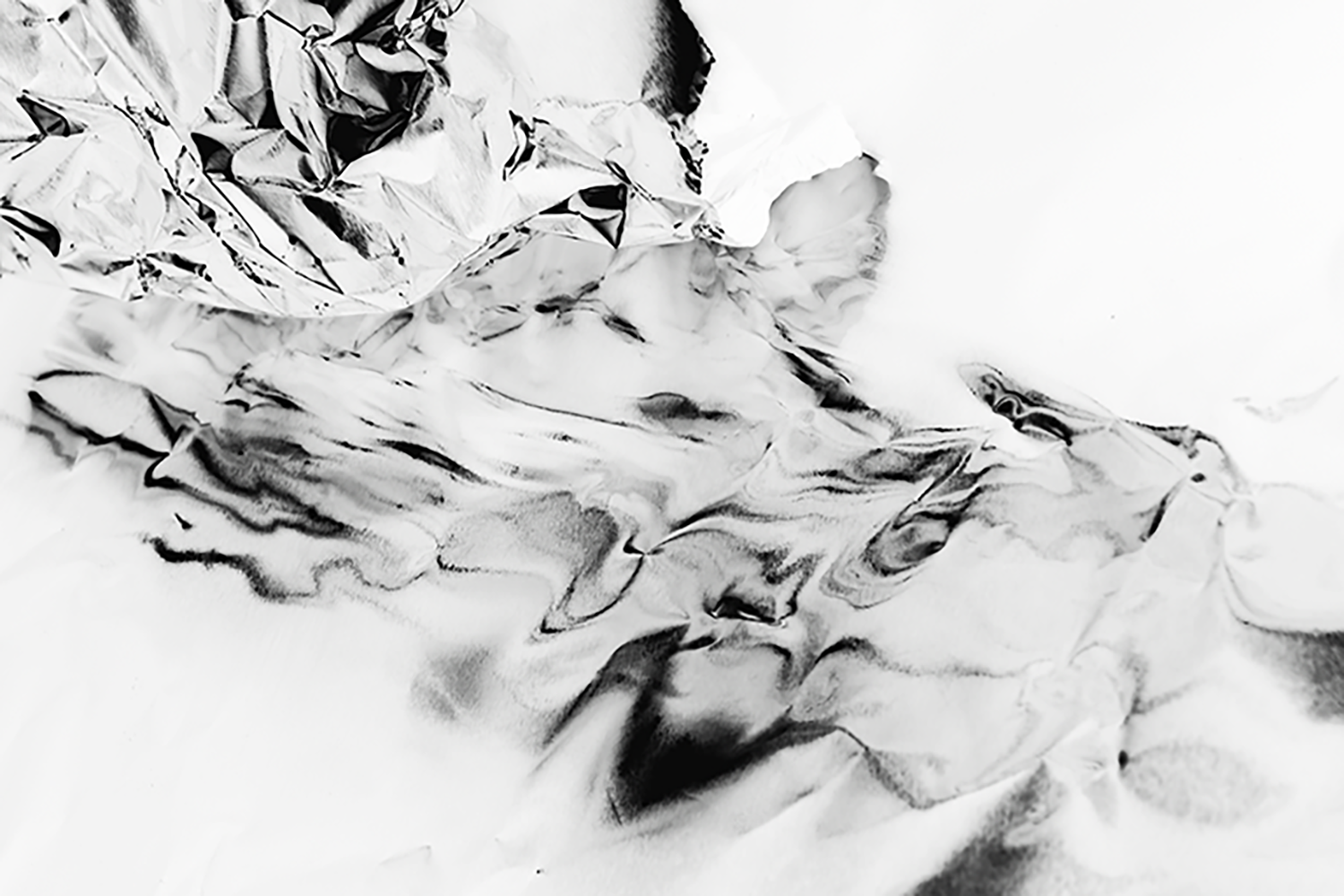


2014
Güle Güle (which means «smiling» in Turkish) is an Ipad publication whose stake is to fictionally recreate the day during which Kadir Nurman, the supposed father of modern on-the-go kebab, created what would revolutionnize the concept of fast-food in Berlin, then Germany, Europe, and the world. It was co-designed at ECAL, with graphic designs from Clémence Châtel and pictures from Léonard Köhli.
W@NDER



2014
W@nder is a proposal, an attempt of bringing an automated Dérive into the internet. As a space (even if virtual), the internet gathers regions, feelings and atmospheres, in which some milestones have been chosen to build a Dérive. Without the constrain of bodies and taking advantage of the properties of the network (speed, remoteness, ubiquity, travelling without moving…), W@nder offers you to wander in the internet ABOUT a physical place. The result is an living moodboard, gathered ambiances, with the coolness of a touch of random, in order to break everyday life’s routine, inspire you, and to show you things you never knew you were going to see, including 3D models, live social media feeds and StreetViews. It was designed during my ECAL curriculum.
Robinson



2014
Robinson is a box that plays Minecraft on its own, depending on its environnement. It behaves like a beacon that gathers datas such as humidity and temperature that have a knock-on effect on the game. The idea is to find a specific place with a specific weather, and to leave Robinson there for a while - then you come back, pick it up, plug it to a screen and see what happened in-game! As the game is playing itself, the human is only a witness of what is being created inside the box, whose design directly refers to the Minecraft block universe. Robinson is part of the Botcaves workshop that took place at ECAL with Matthew Plummer-Fernandez about the I&Iclouds research project. Exhibited at the «Poetics and Politics of Data» exhibition / HeK, Basel CH.
ZOU
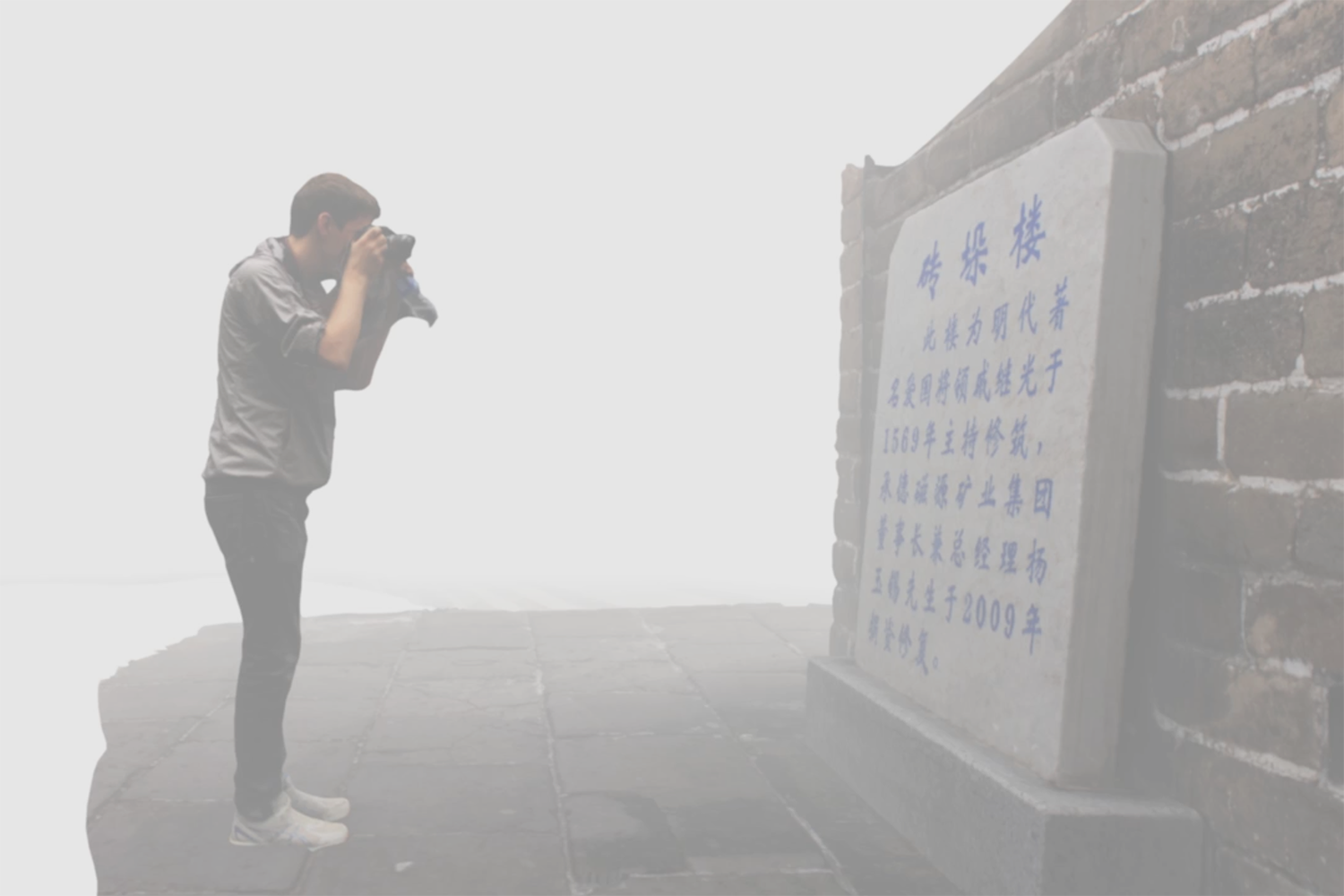

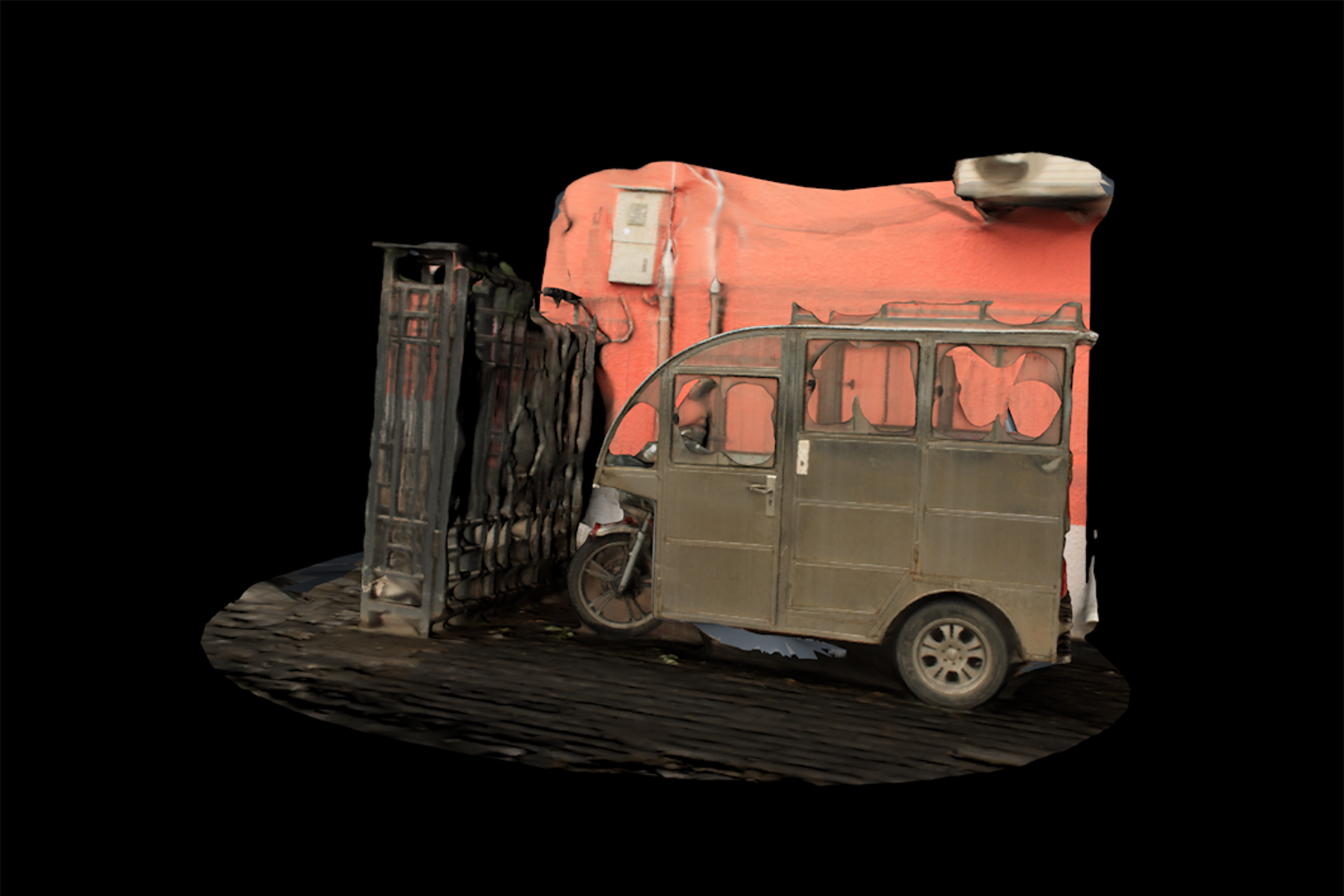
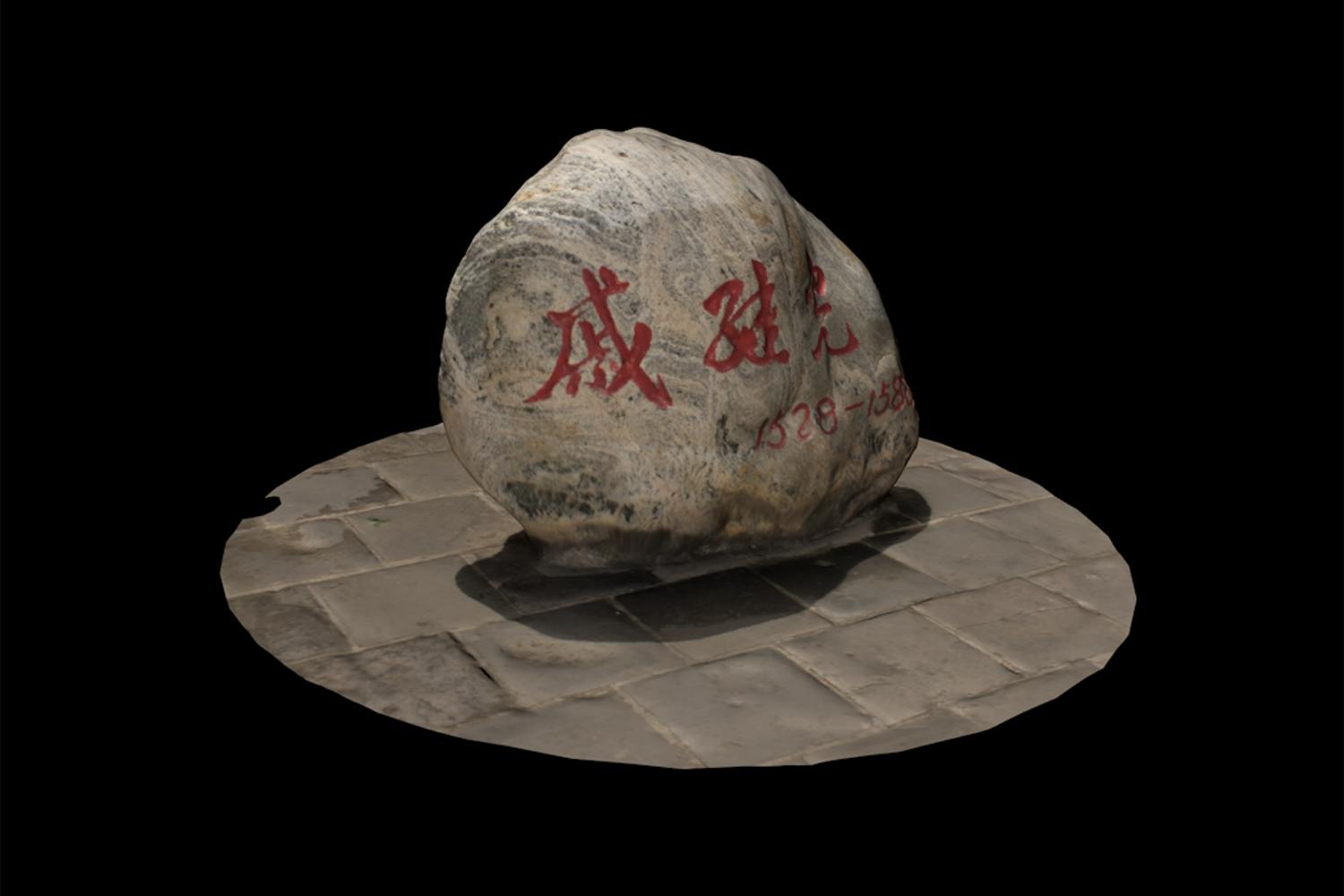
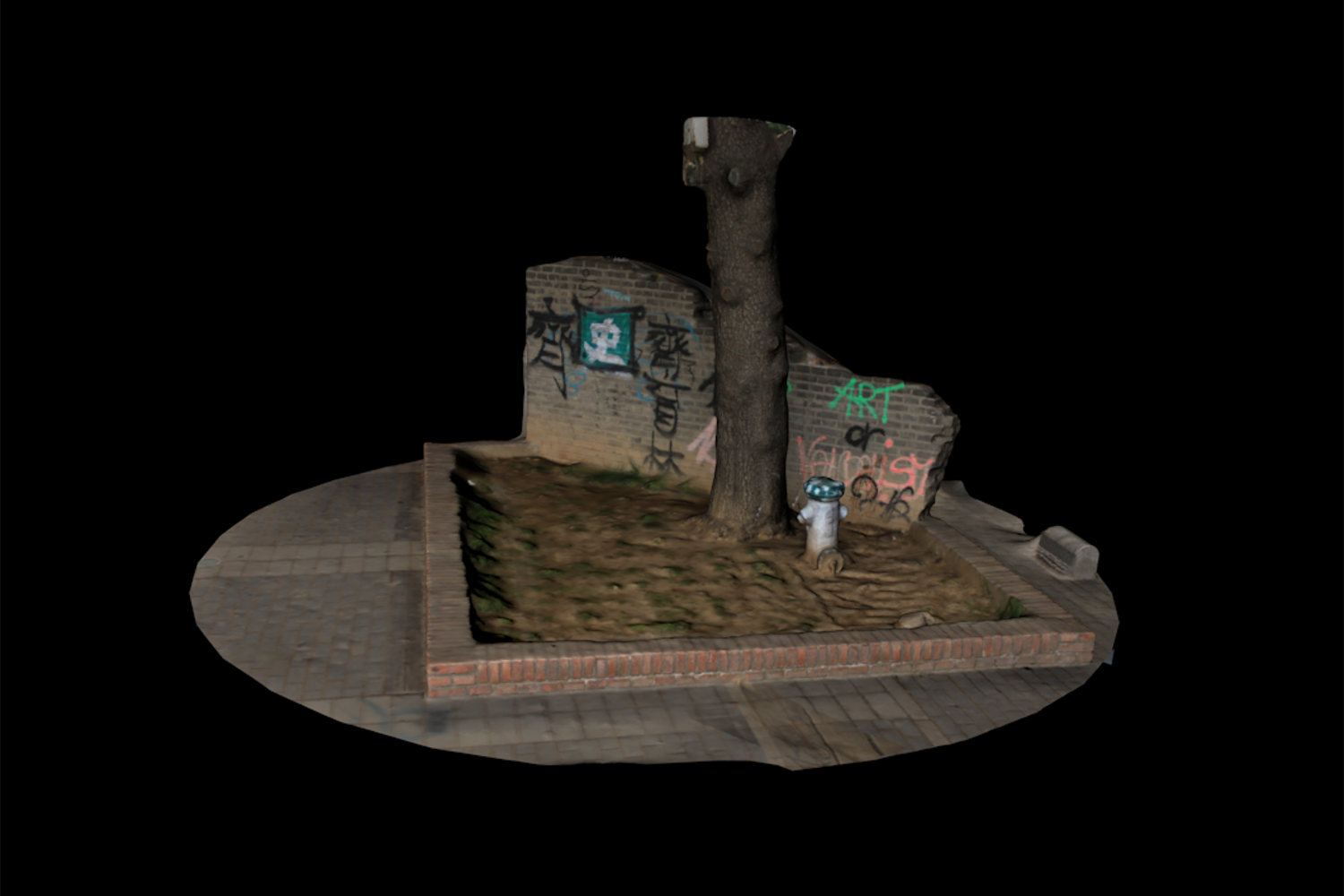
2014
Zou (which means «walk» in Chinese) was realized during a one week ECAL Media & Interaction Desig journey in Beijing, with Martin Hertig, Victor Férier and Maxime Castelli. It is a research work that invovles the systematic cellphone 3D-scanning and archiving of Chinese vernacular objects we thought were interesting, curious, or unfamiliar. From this approach emerges a database from which anyone could retrieve 3D scans and use them freely. To present the project, I made a video consisting of a long forward travelling through a selection of scans and some of our friends, beforehand scanned too, with a hint of glitch.
BO-A/I-RD
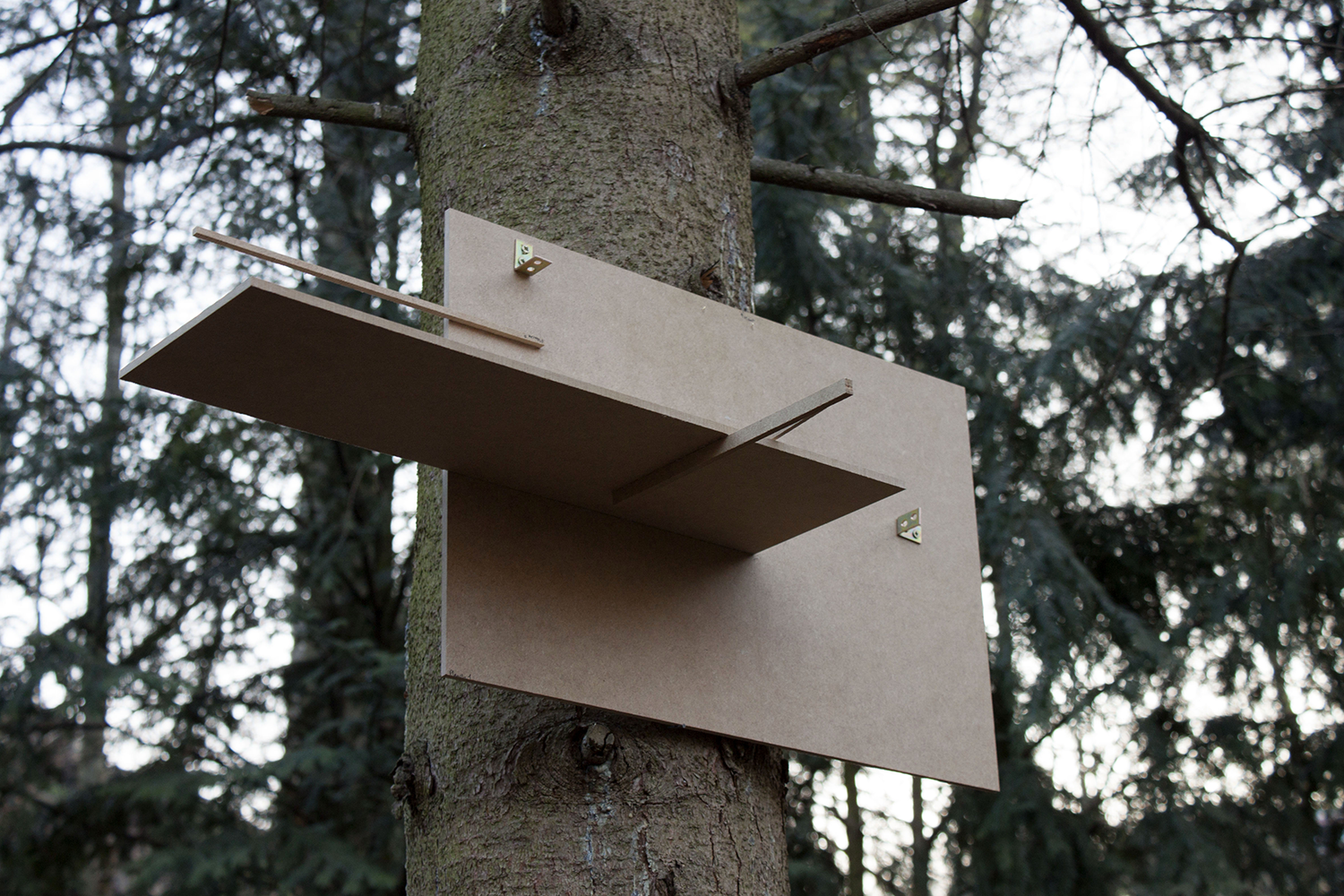


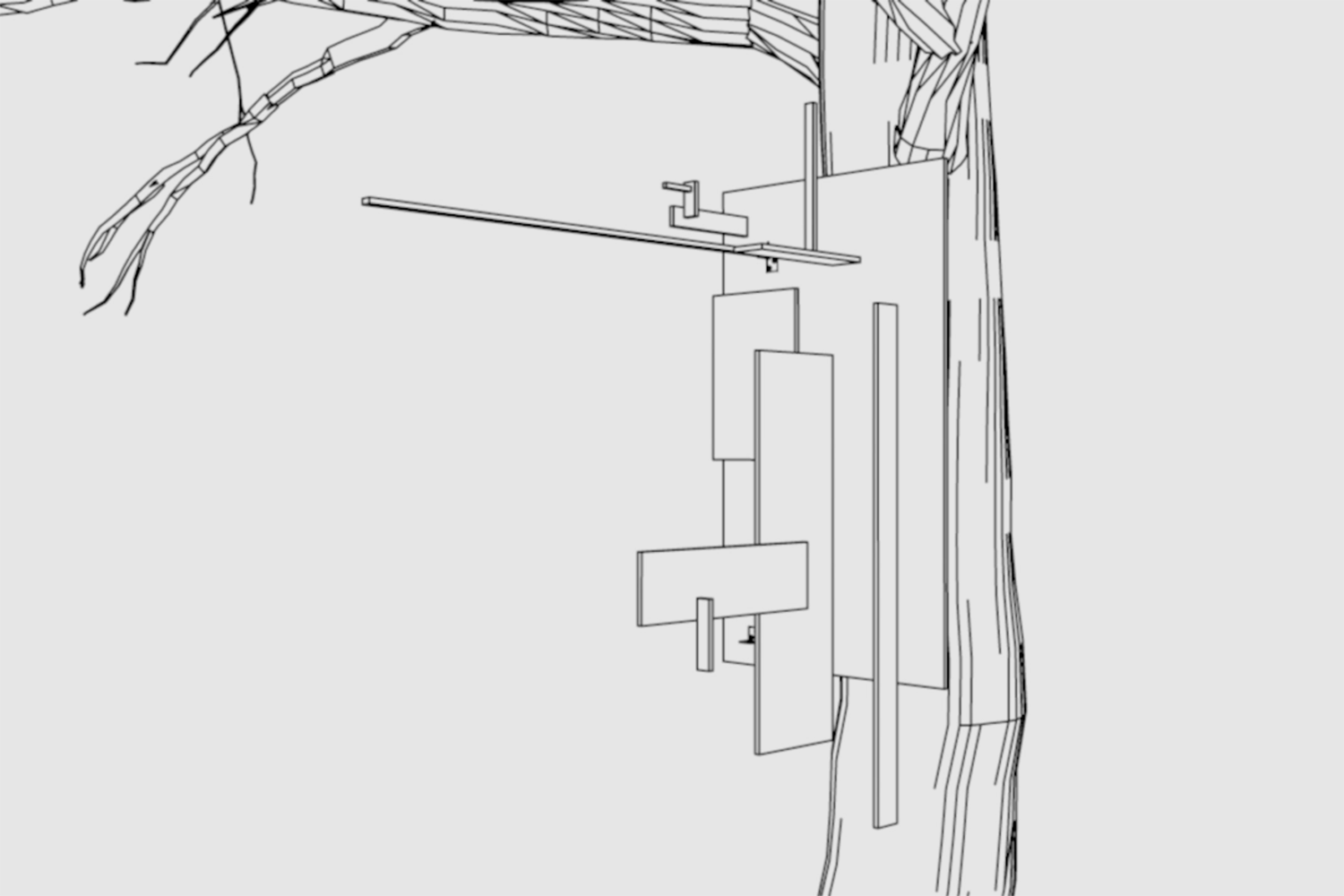


2014
BO-A/I-RD is a generative way to produce Mondrian-esque perches for birds. This project is made-up of 3 parts: a cut generator and instructions app, the objects themselves that come of it, and a video introducing the process step-by-step and all the components or tools needed. Designed at ECAL.
Passe à la Trap

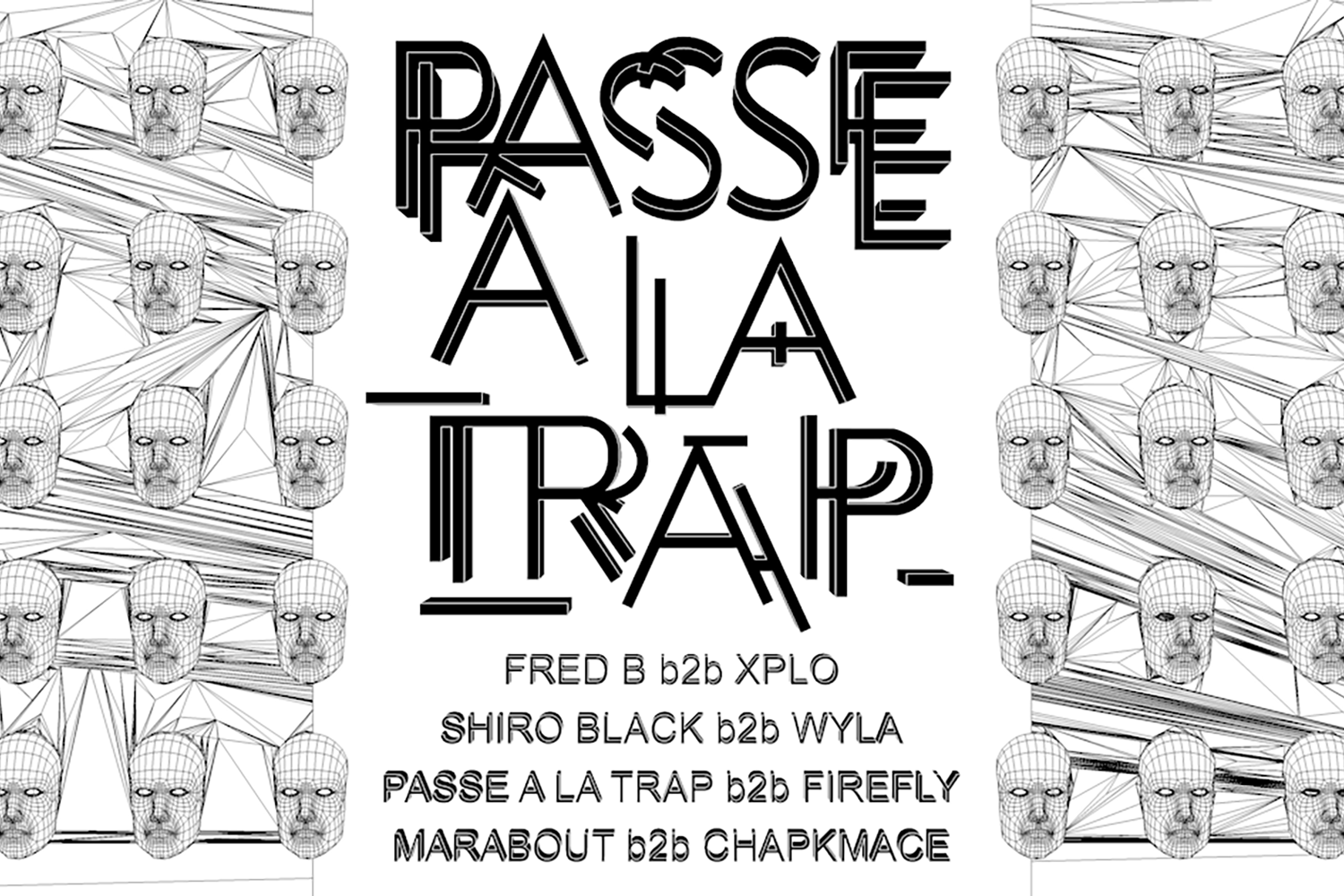
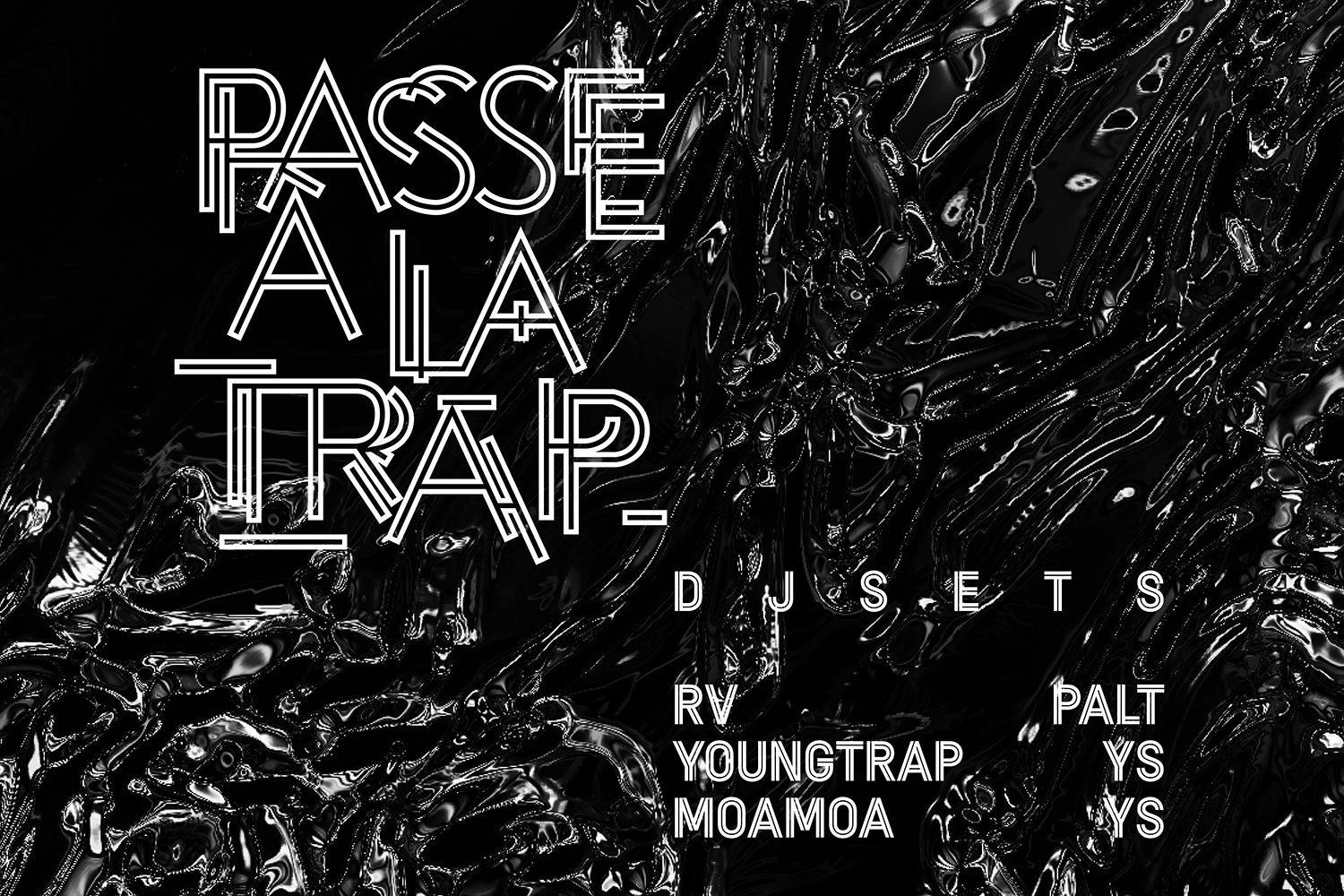



2014
Passe à la Trap was an audiovisual and artistic collective made up of Valdrin Azemi, Nazaire Chappuis, Baptiste Pouppon and myself - 1 event organiser/MC, 2 DJs and 1 VJ - mainly dedicated to promoting trap music in Switzerland. trap and rap music in French Switzerland through concerts, parties, clothes, collaborations with local and world-reknown DJs and MCs, and even dance events. PALT was rooted in multiple influences, from oldschool french hip-hop to vaporwave and the US trap scene, and so is the visual guideline; a mix of CGI images, neo-classic inspirations, glitches and a «new aesthetic» touch. As the official visual coordinator, I was in charge of all the live visuals, teasers, after party edits, flyers, banners, posters and mixtape artworks for the group.
Supersequencer


2013
Supersequencer is a sequencer prototype for a specified number of computers, developed during a one-week worskhop at ECAL led by Andreas Gysin. The topic of the week was to think about the concept of local network and its physical dimension - a determined place. Laura Perrenoud and I created an audio sequence out of a system of 4x4 connected computers, using the in-built voice system of OSX. We had therefore 4 one bar-line, musically talking. We privileged a simple black on white aesthetic, in order to create a flashing sequence similar to an audio sequencer on which a little light blinks when the playback head hits.
Raide

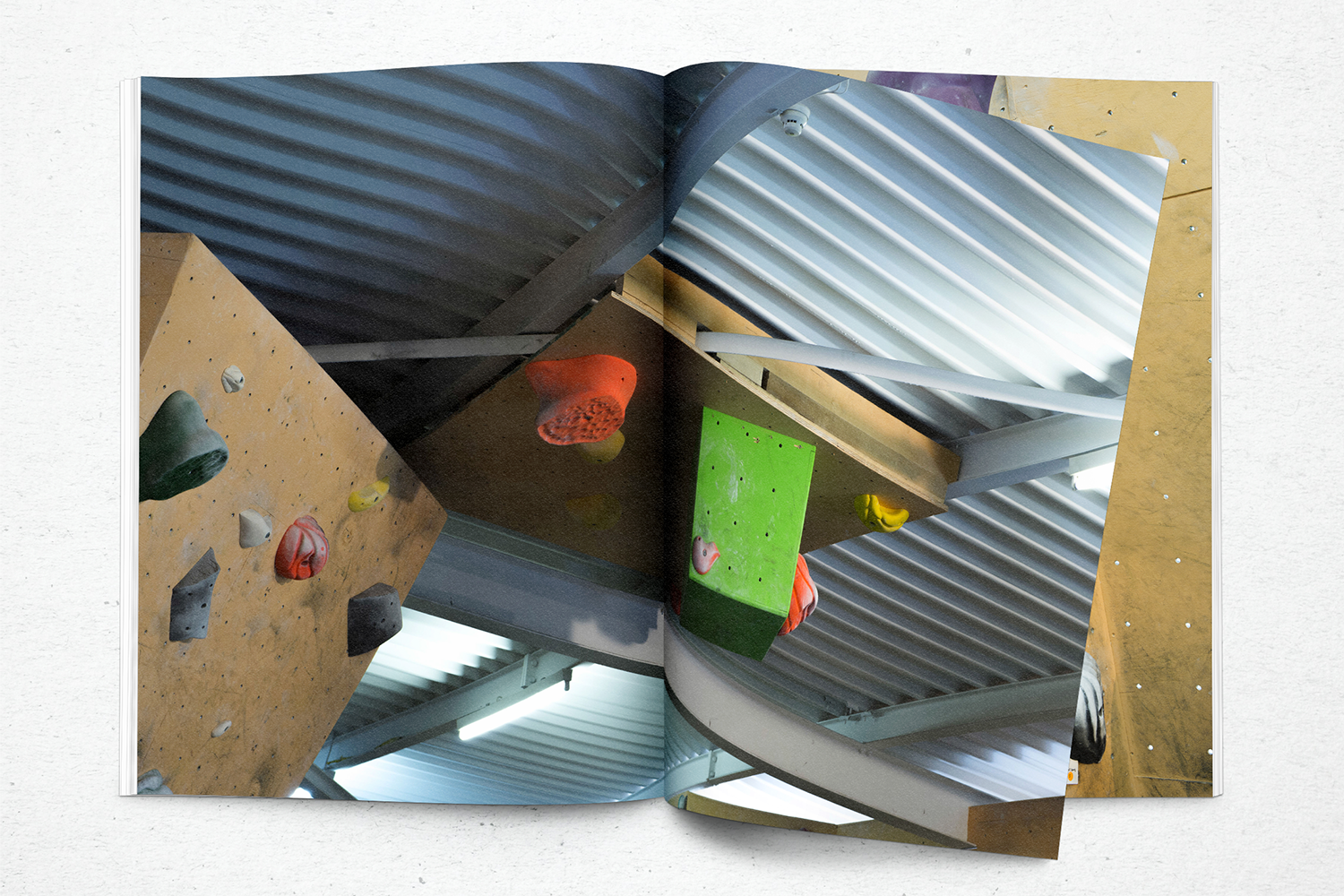
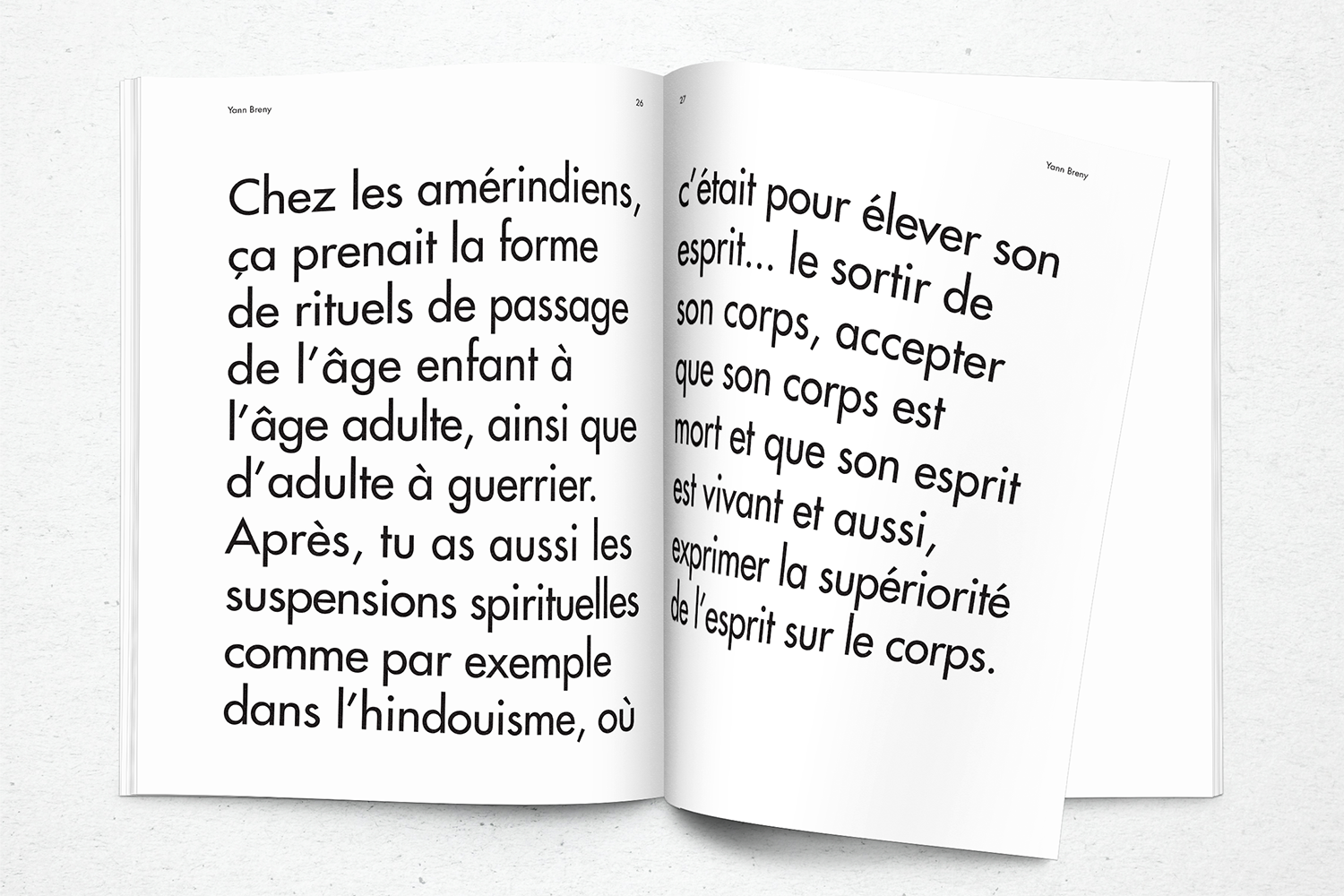
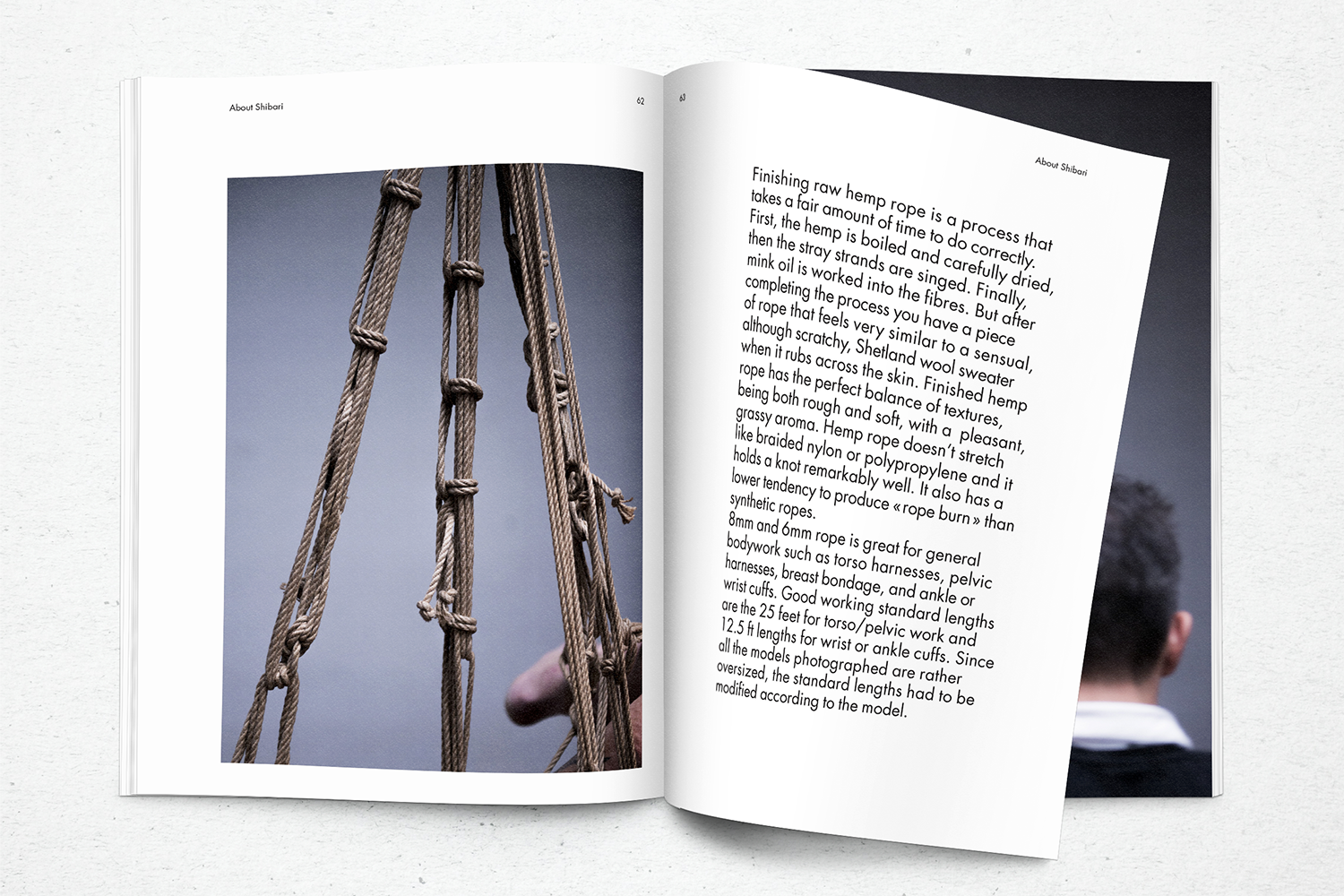
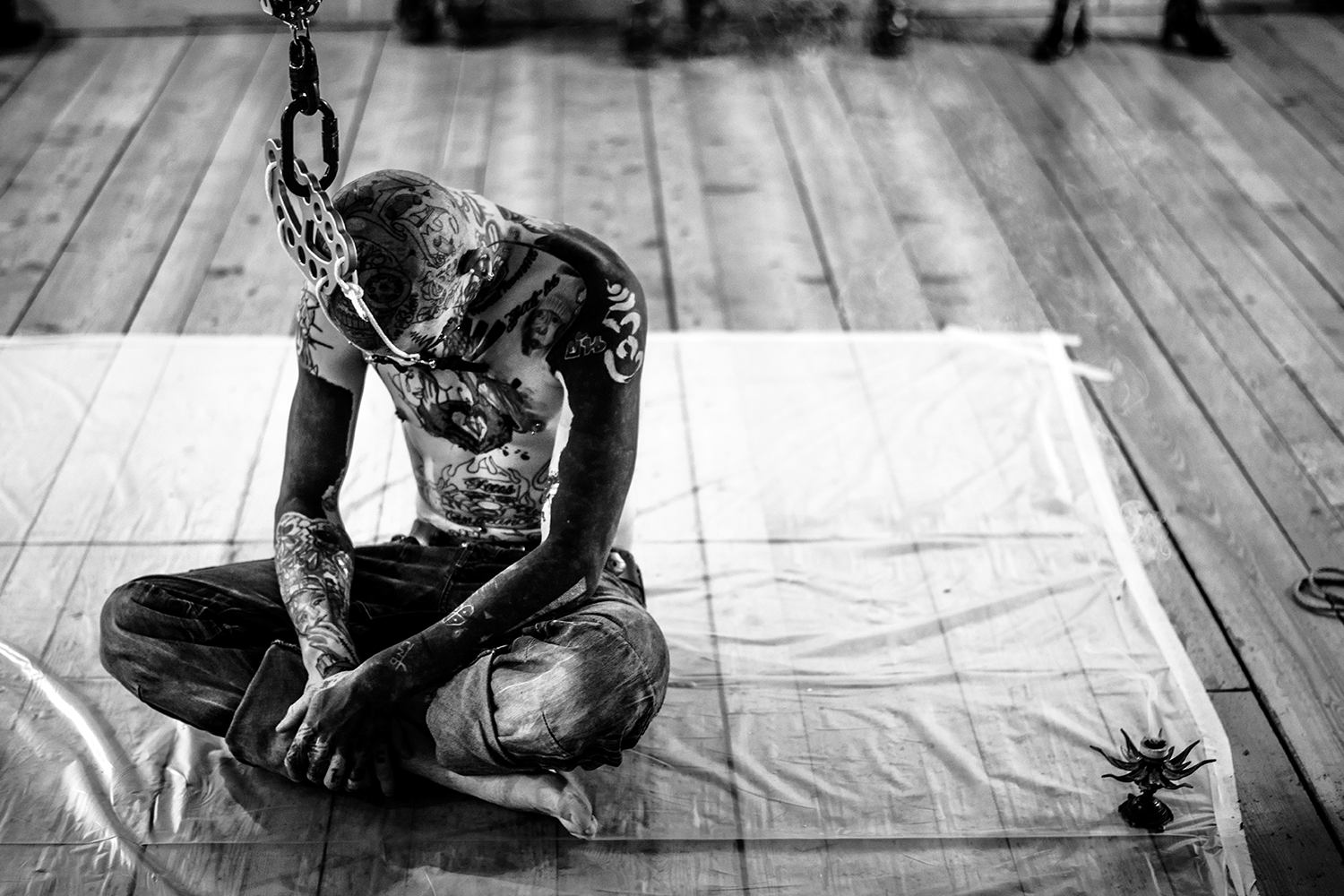
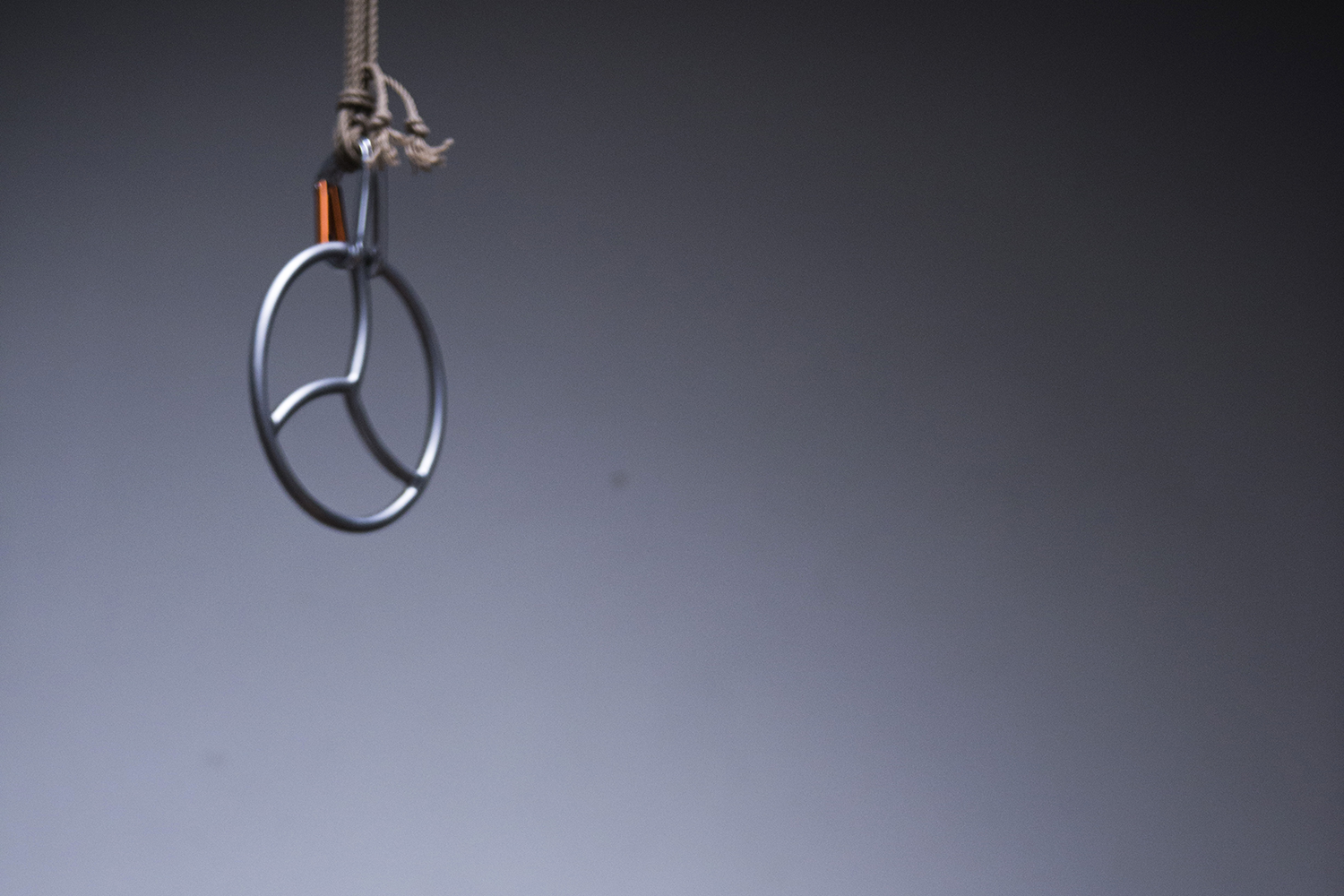
2013
Raide (in reference to the french expression «être sur la corde raide» - litteraly «walking a tightrope») brings together climbing, mountains, ropes, ecstasy, mody modifications, pleasure and eroticism in a fresh and global look on bodies. It was co-designed with Jonas Lacôte during our ECAL curriculum.
Ezekiel 25:17


2012
Ezekiel 25:17 is a sequence that I created during my ECAL curriculum. It is an experiment that attempts to make the famous Pulp Fiction dialogue between Jules and Brett visual. On one hand there is Jules, very angry and on the other, Brett, scared, trying to speak but stammering. The video is designed for loop play.
HHMMSS

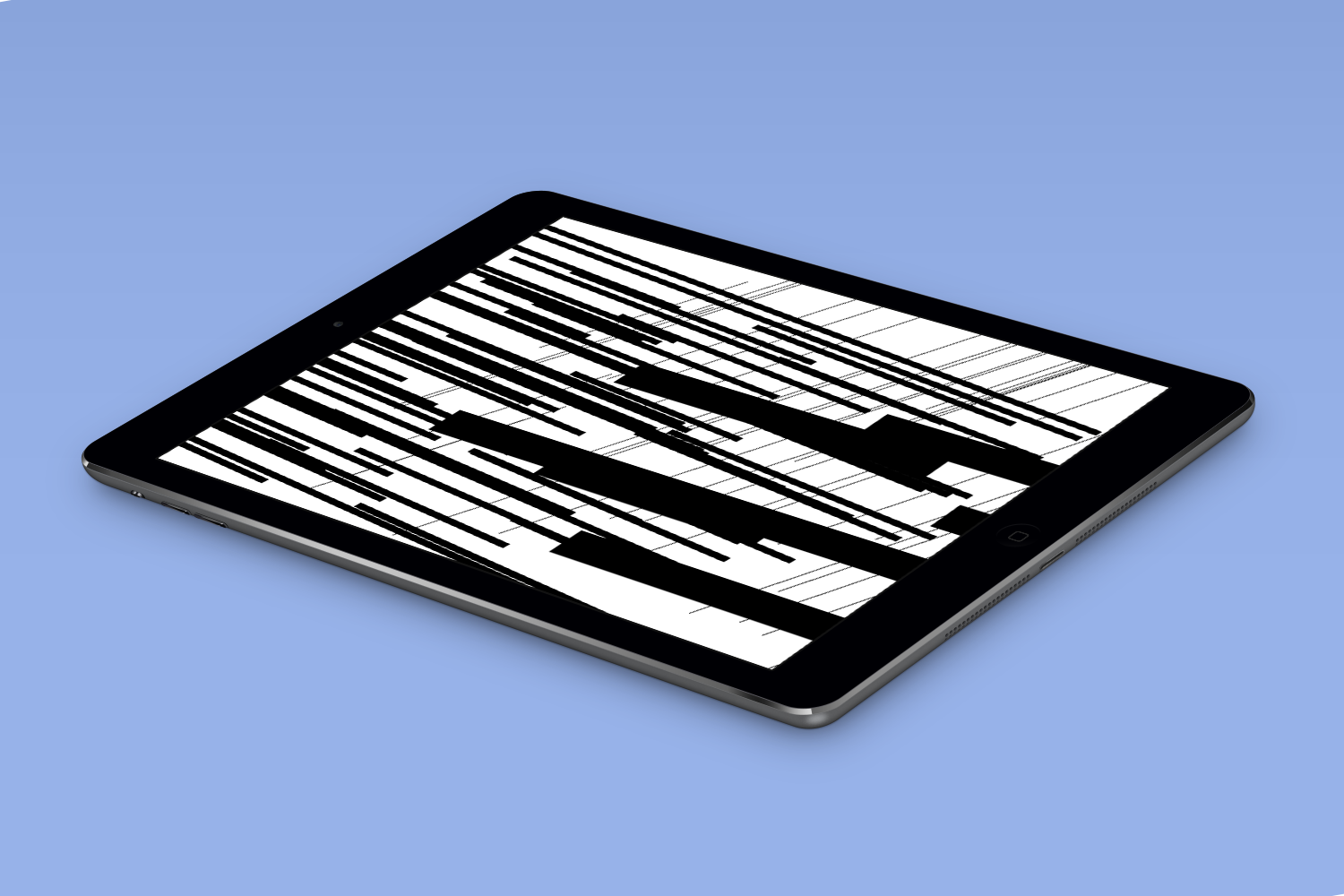
2012
HHMMSS - in reference to the time format - is an Ipan screensaver app that displays a clock when it turns to sleep mode. The app displays differents types of lines, from various sizes and thickness, corresponding to hours, minutes and seconds, in a Mondrian-orthogonal style. When the user touches the screen, the lines then rotate accordingly to display the hour, like it would be displayed on an analog clock. Designed during my curriculum at ECAL.
Flashdance
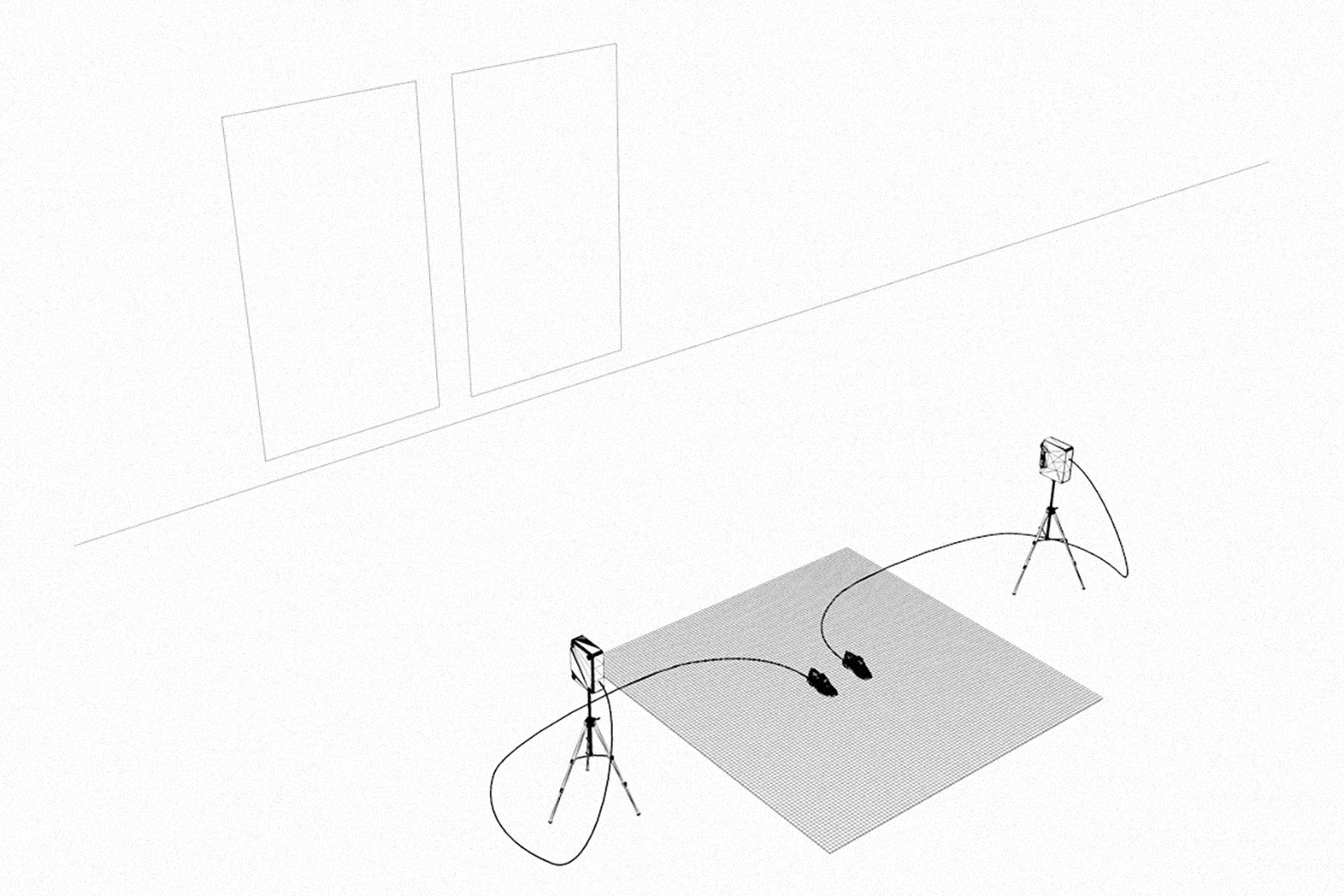

2012
Flashdance is a tap-dance shoe prototype realized whith Guillaume Renaudin, Hélène Zeiss and Camille Ringenbach during a one-week workshop supervised by Roel Wouters. The statement that led to it was on one hand the willing to explore new ways of filming, and on the other of merging and synchronise as much as possible the performance object with what surrounds the performance itself. We got interested in tap-dancing and all the moves involved, since sound is perfectly synced with dance. We put cameras under the shoes, connected them to beamers, and were able to create live-filming patterns, as synced as can be with the global performance. We invited Olivia Grobety - world-renowned tapdance champion - to dance with them during a live performance at ECAL.
Roll the Ball


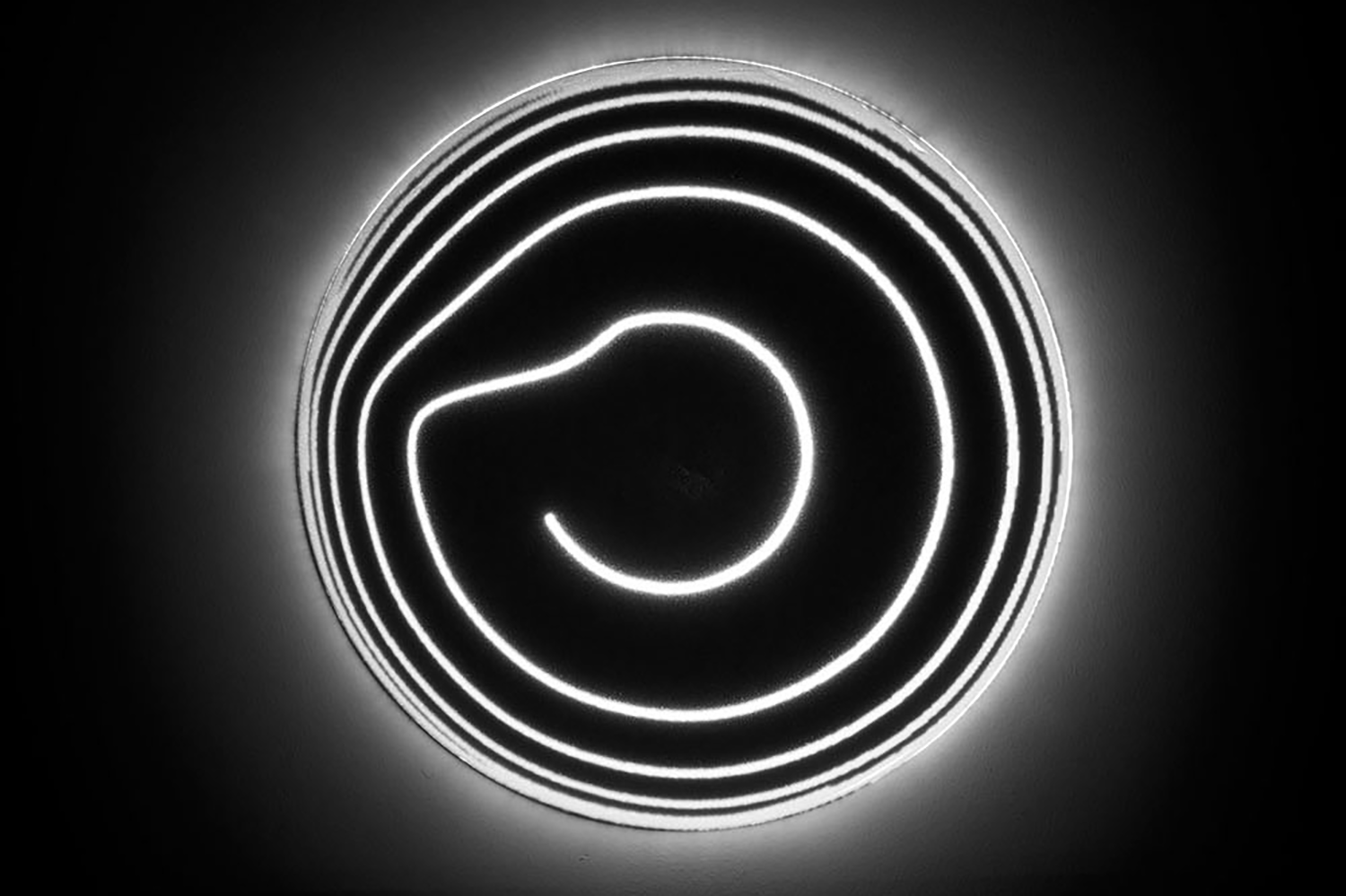
2012
Roll the Ball is a mapping project that uses a trackball as an interface to controle visuals projected on a half-sphere, giving the viewer the impression that a ball is rolling in the wall. The project aims to reduce the link between the input and the output as much as possible. It was shown at the Milano Design Week 2013 as part of the ECAL pavillion.
My Favorite Game





2011
My Favorite Game is a video-game (as in, a game made out of videos) in which you have multiple choices and can decide how you want your day to be, such as wake up, go skating, pet a cat, go to the lunapark and fall asleep. This project which allowed me to enter the proper BA cursus at ECAL, and was realised during a 3-day session at the very end of the propedeutic year.
Murder Ballads

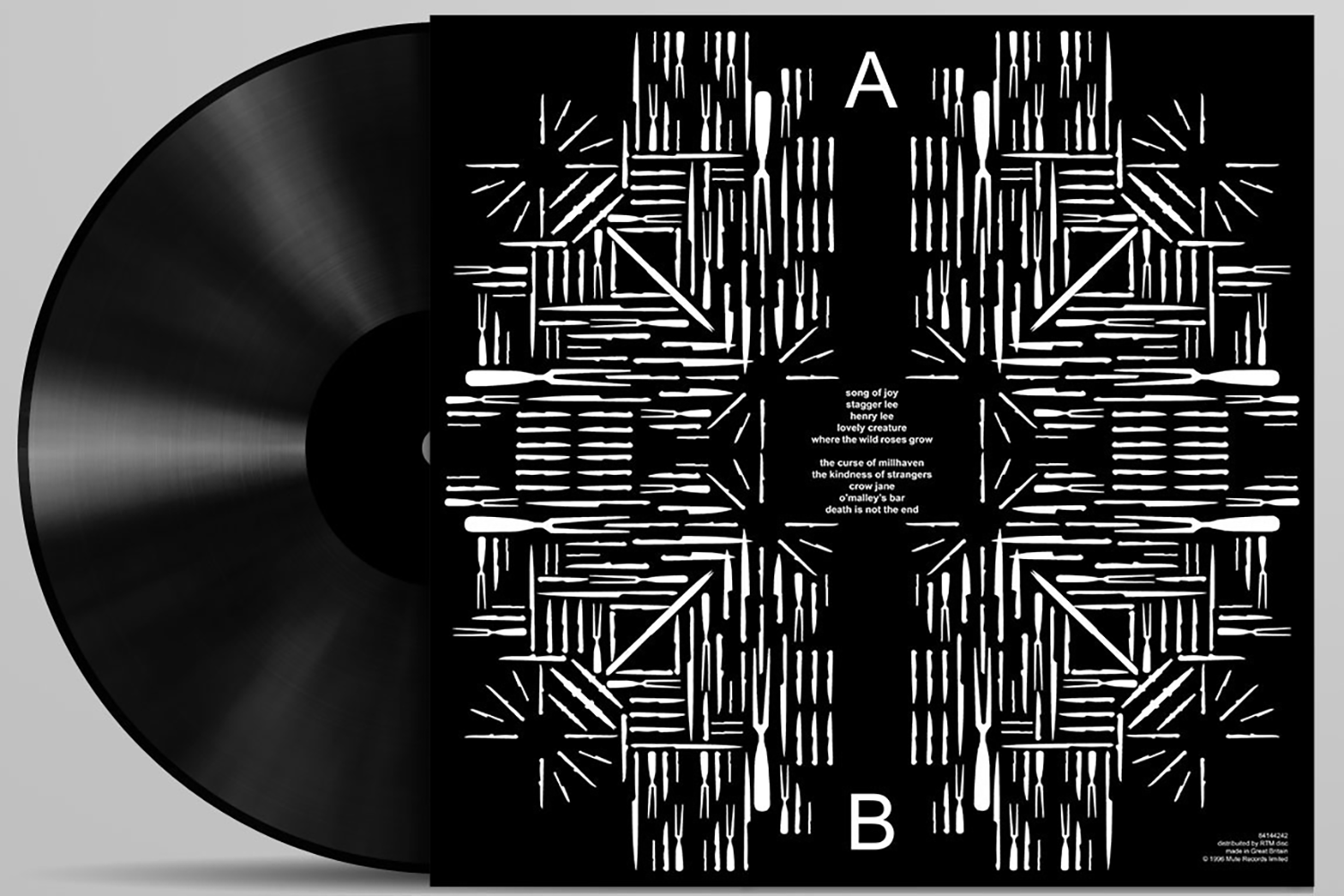
2011
An unofficial vinyl cover for Murder Ballads from Nick Cave and the Bad Seeds, designed in my ECAL propedeutic year.
Early Graphic Works

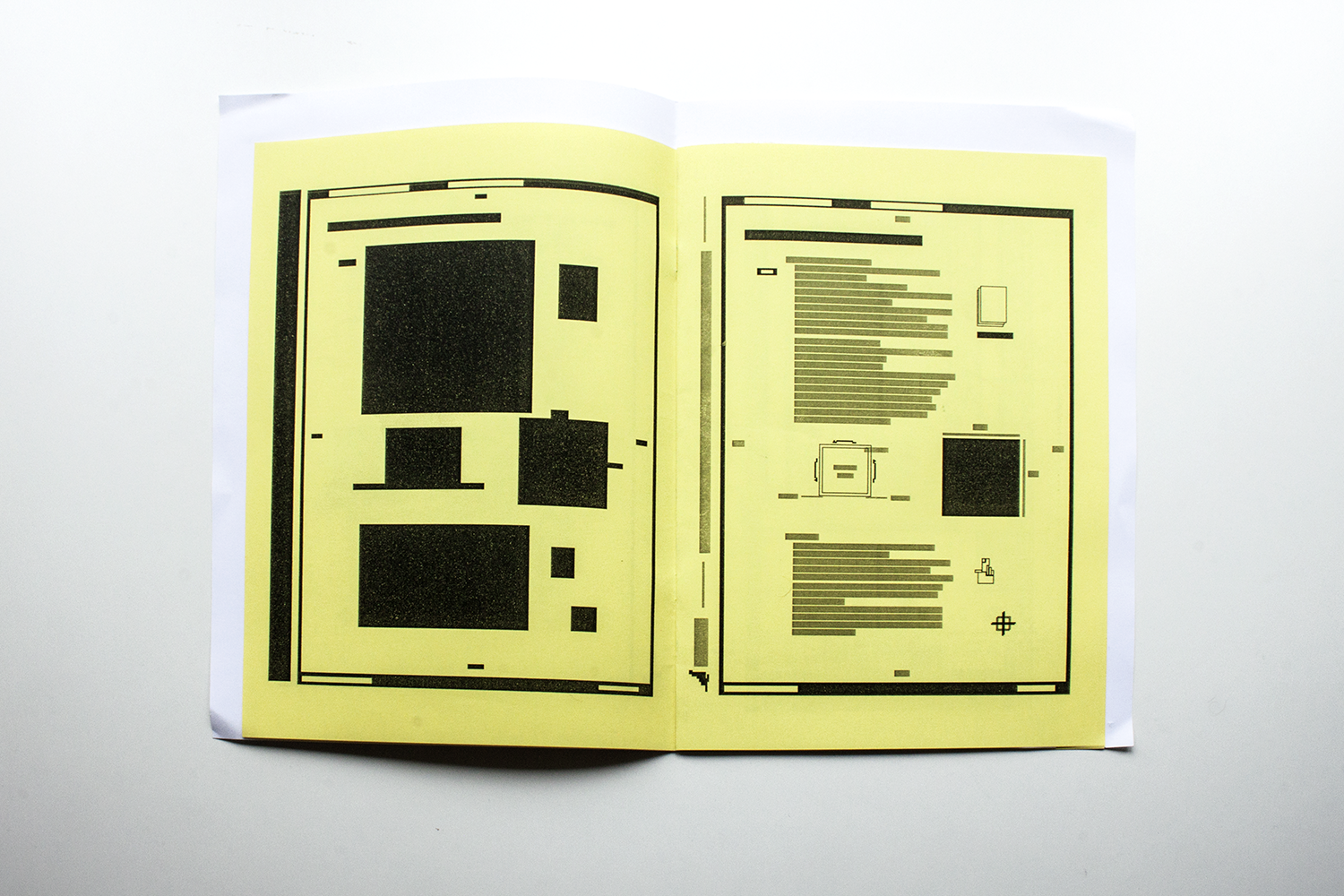
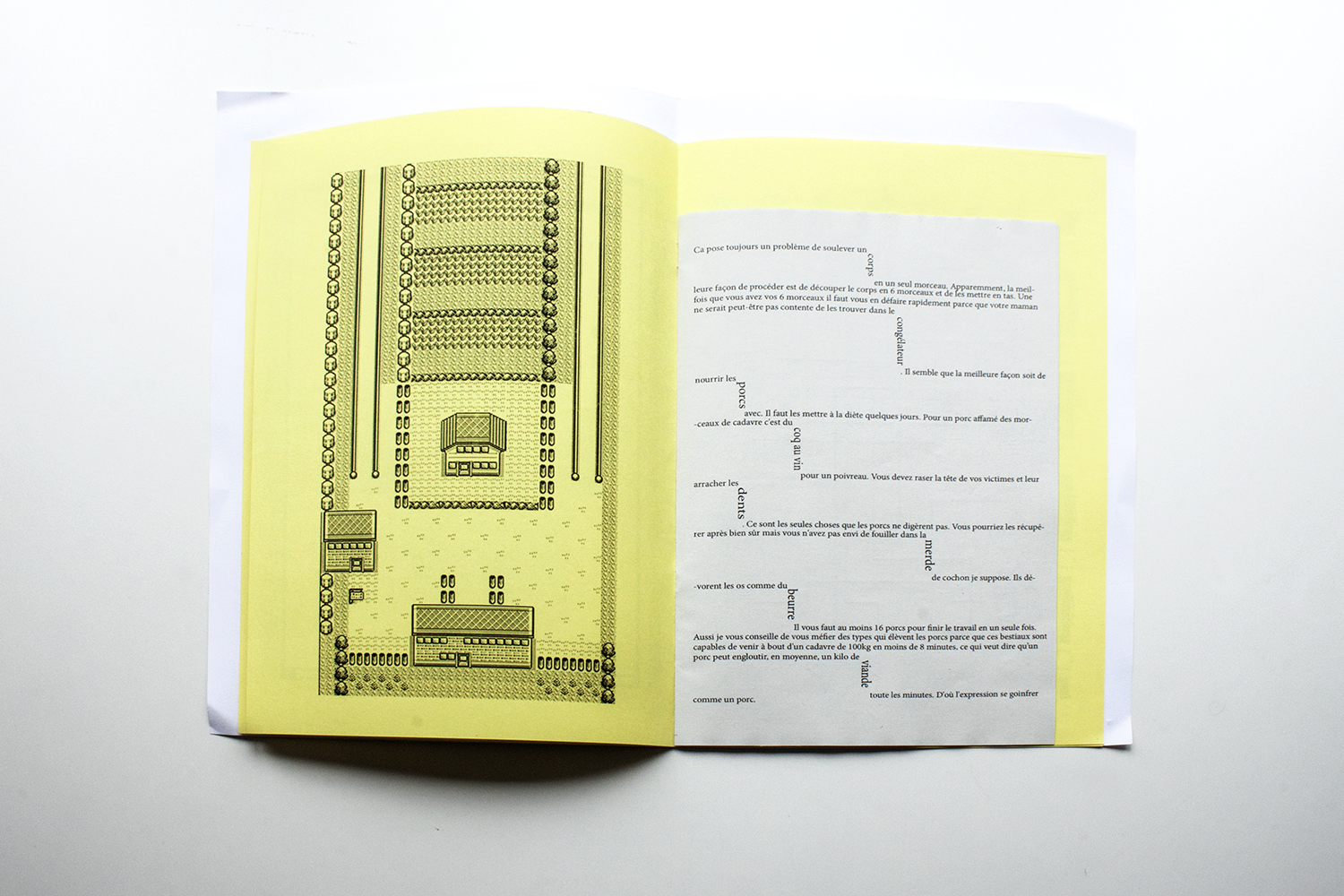



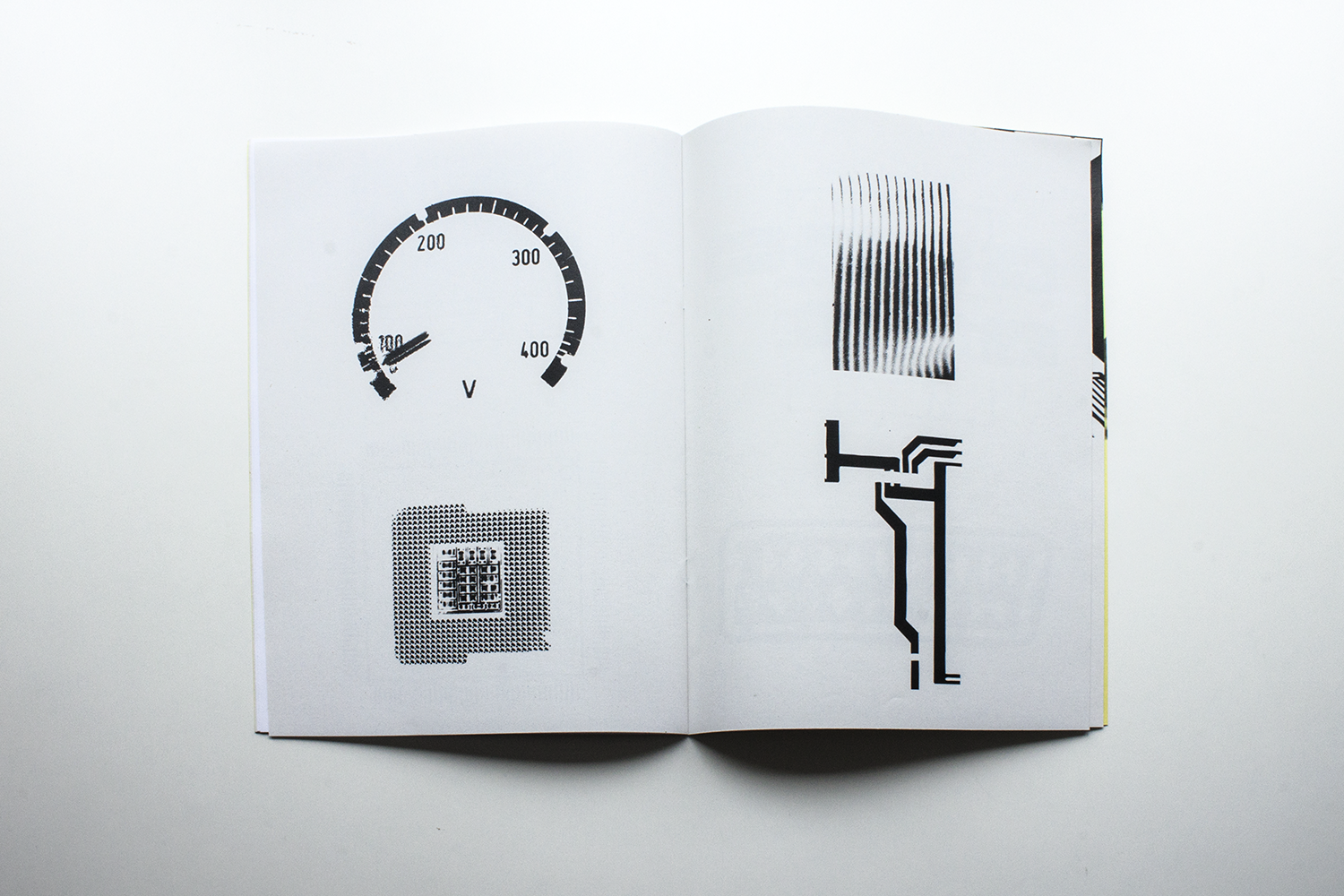
2011
A selection of early graphic works, back at the very beginning of my ECAL studies: various homeworks, from typefaces to pure graphic design and photography.